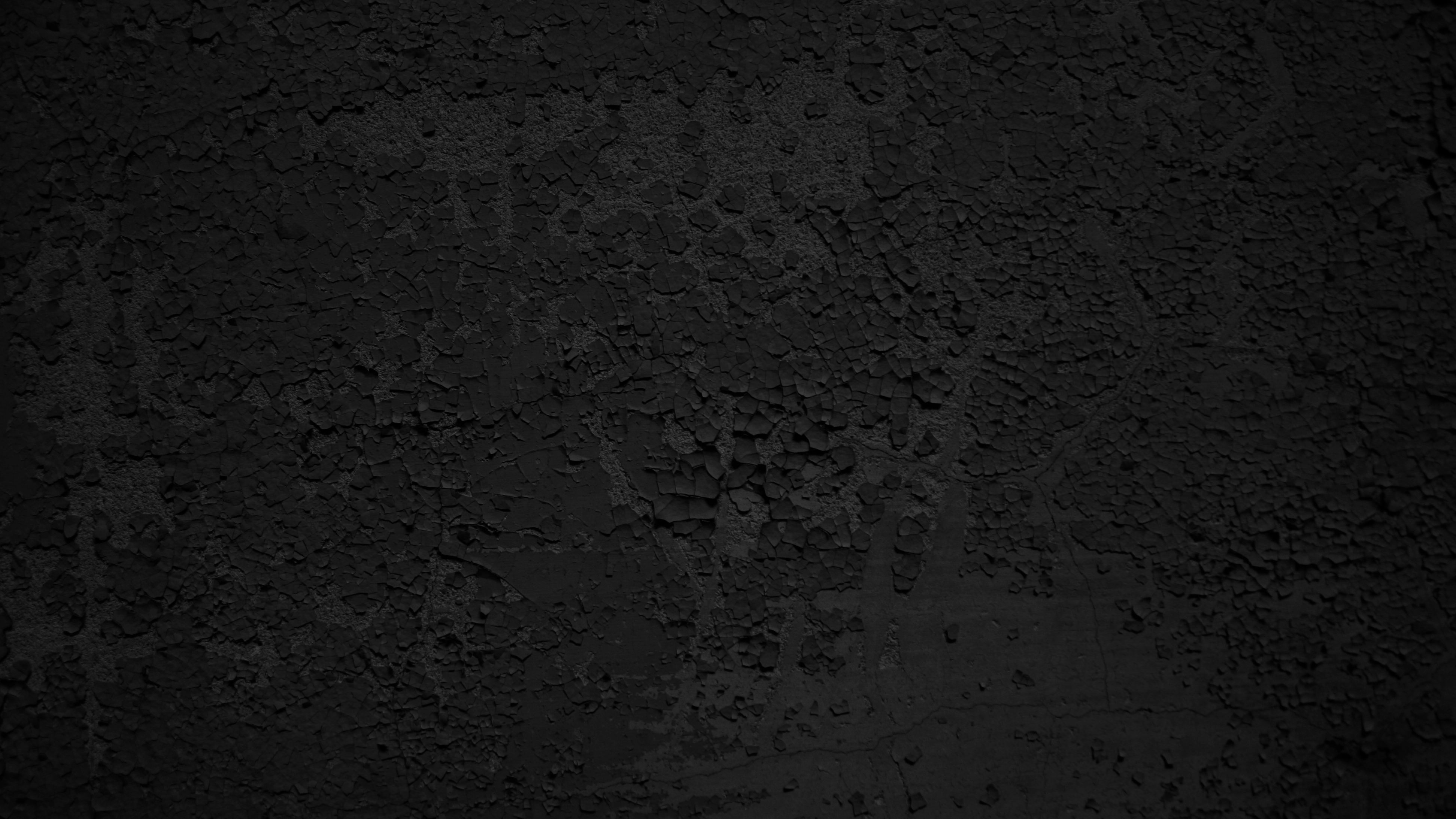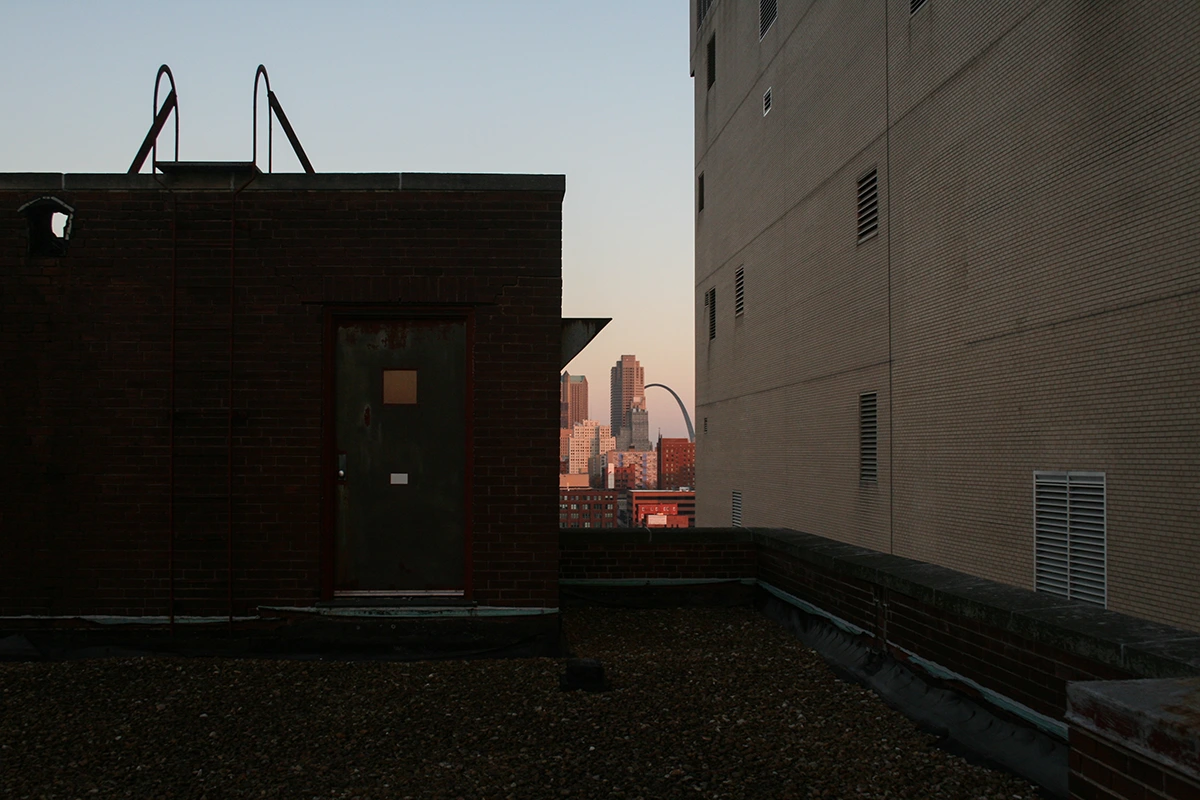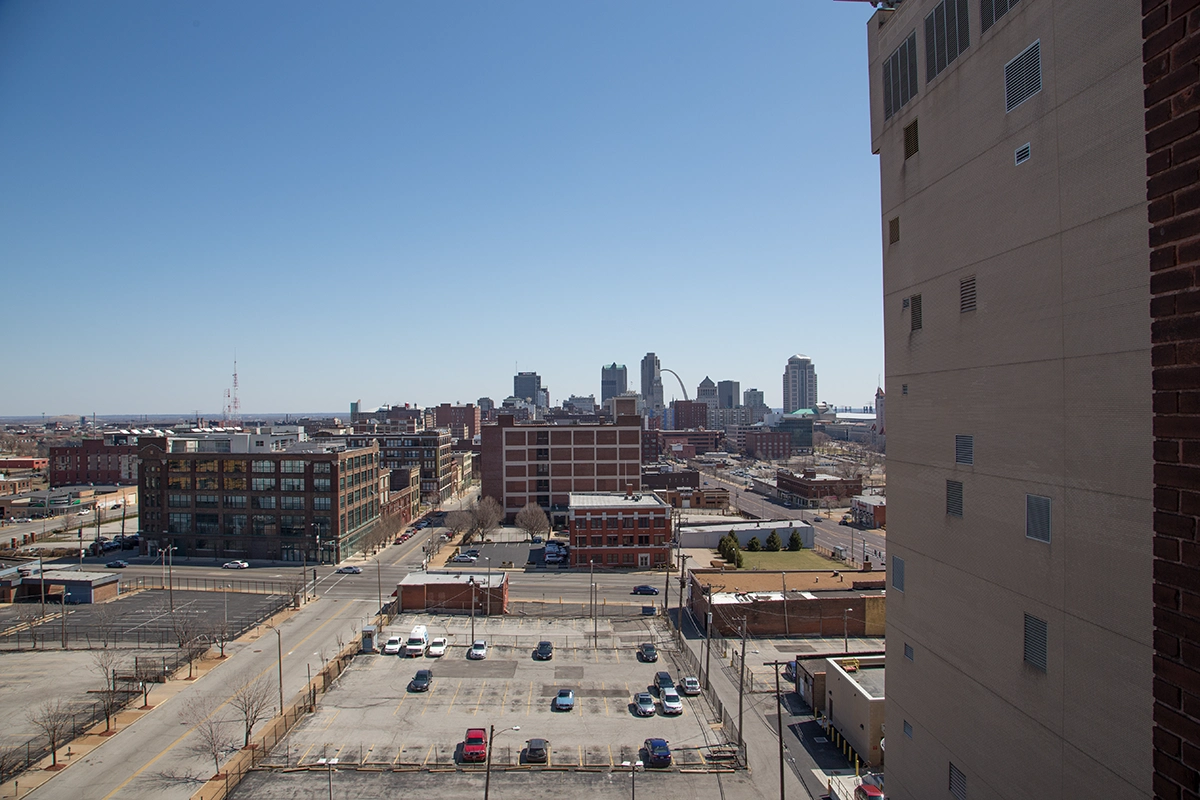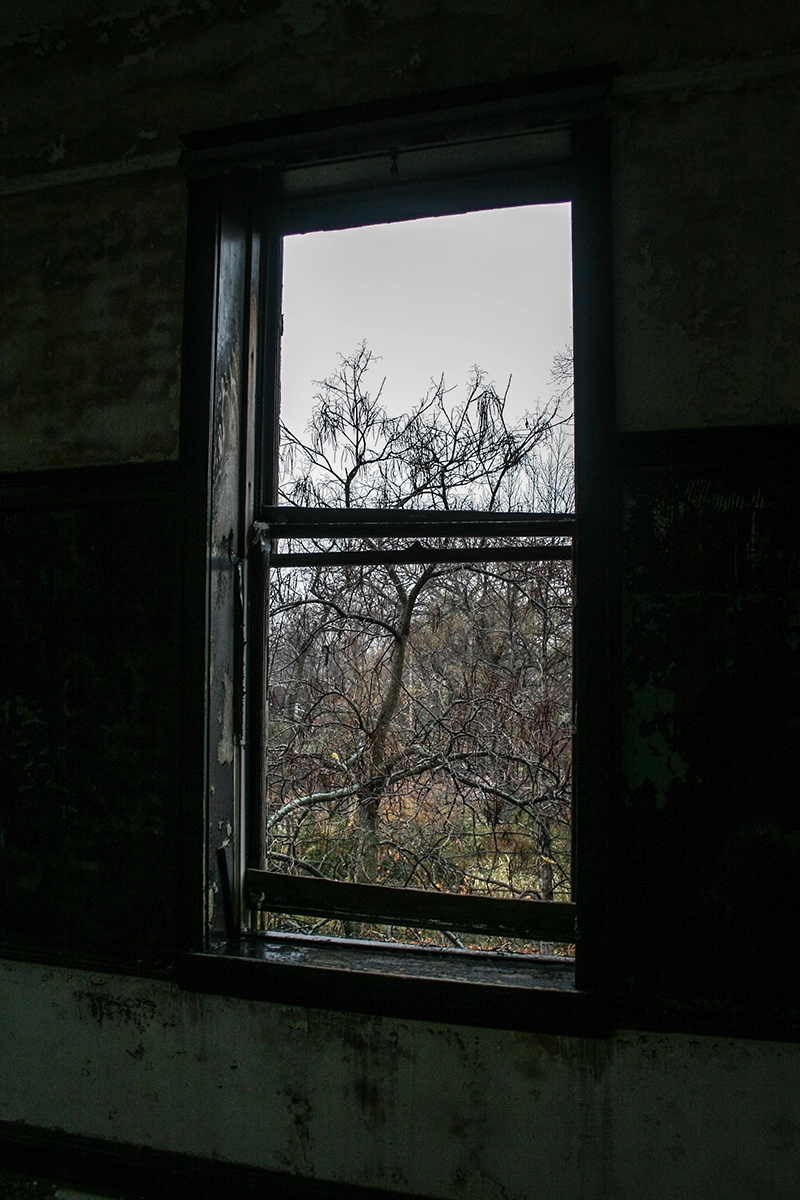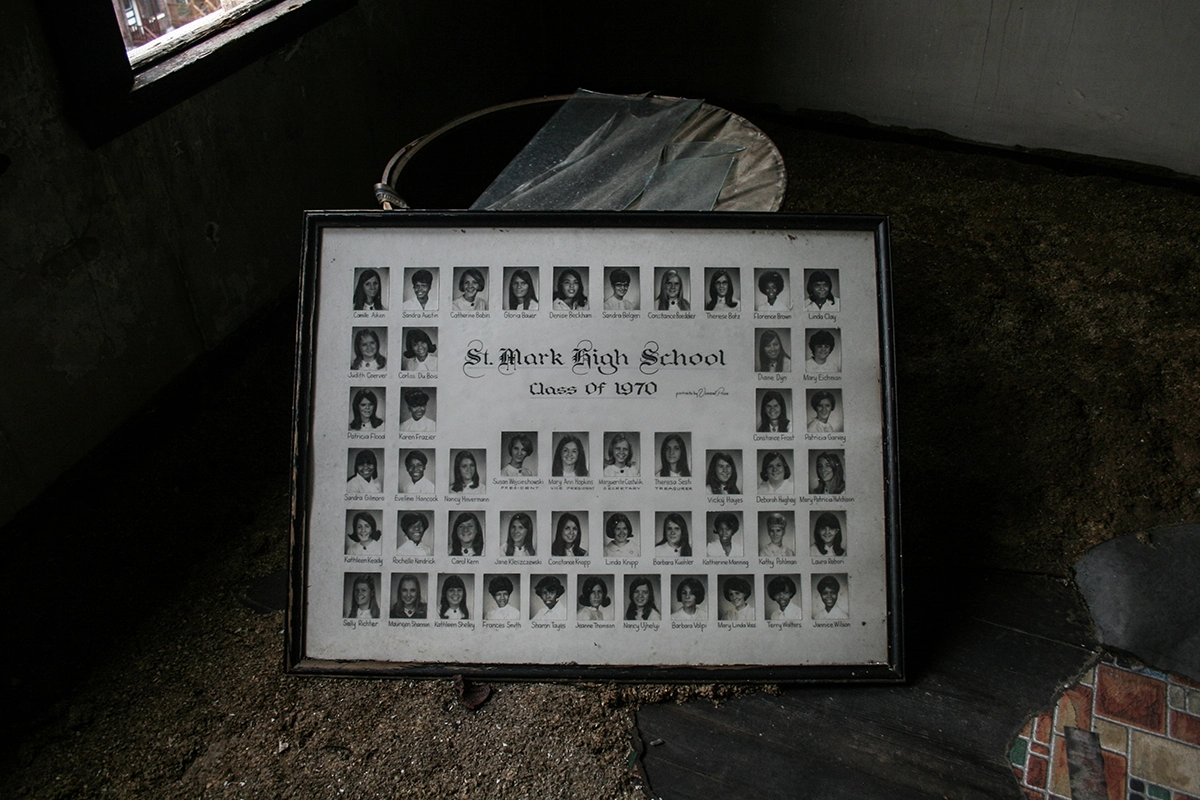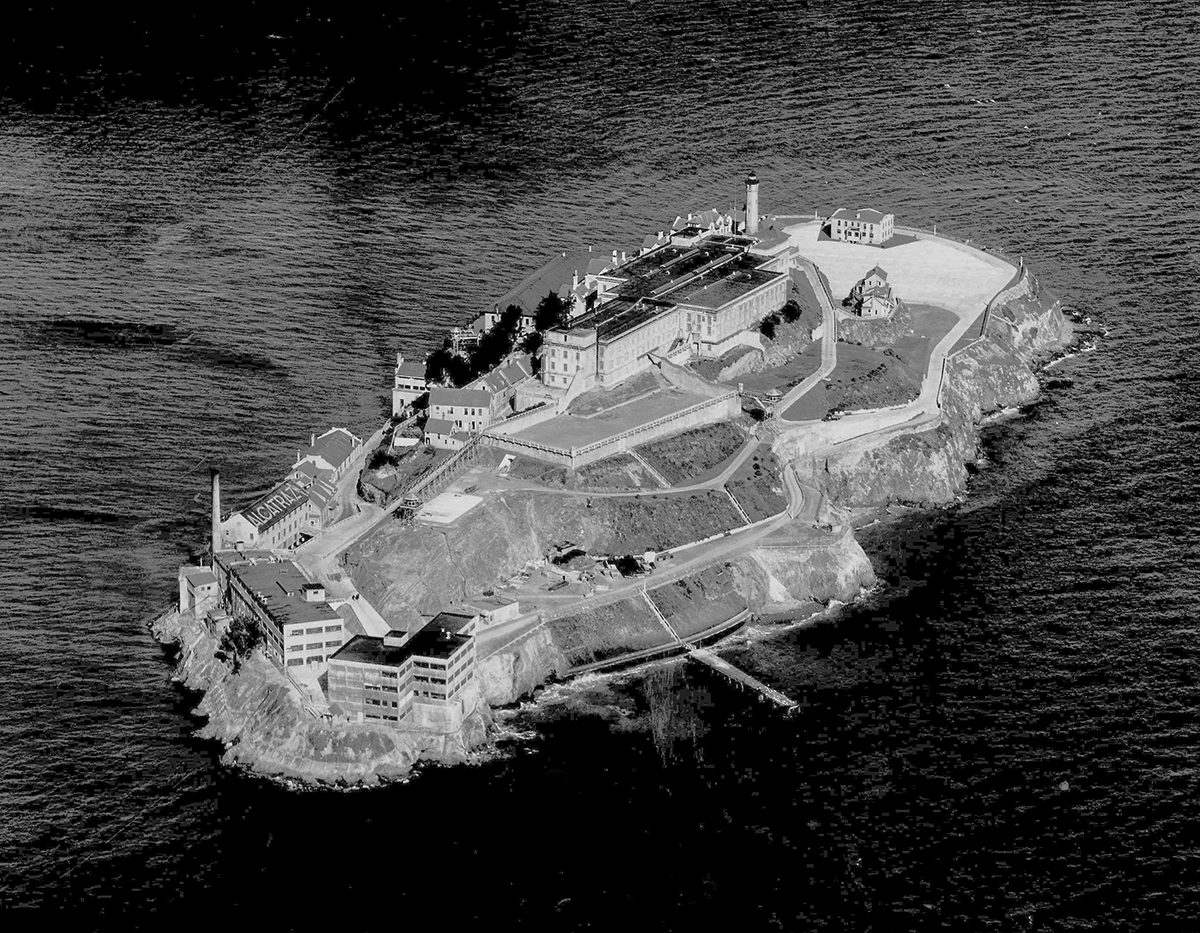Sunday, December 11, 2011
The Beaumont Telephone Exchange was constructed in 1902 as a branch office and exchange for the Bell Telephone Company. This building represents one of few remaining examples of the period of rapid growth in the telephone industry in the early 1900's.
In November of 1877, Alexander Graham Bell's American Telephone and Telegraph company granted a license to expand service to Saint Louis. Early on, George Durant, the general manager of ADT (the American District Telegraph Company), leased equipment for private lines. Eventually it was decided that a central switchboard would be more efficient. Thus having started with twelve subscribers in 1878, this would be the first exchange in what would later be known as the Southwestern Bell Telephone Company. By 1880, this new company had 600 subscribers. Soon they outgrew their offices and moved from 417 Olive to 902 Olive and finally, in 1902, to their present location, where it was said to be "one of the best equipped of modern exchanges".
Over the years, as advances in technology were made, additions were made to the building which directly reflect the exchange adapting to meet them. This building served the telephone services industry throughout its entire career up until the mid 1990's. It was used for a few years as a training center, but eventually the equipment must have simply become too obsolete for even that role. It has been vacant ever since.
See our first visit here: here.
Source: National Record Historic Nomination Form
Begin Historic Photos
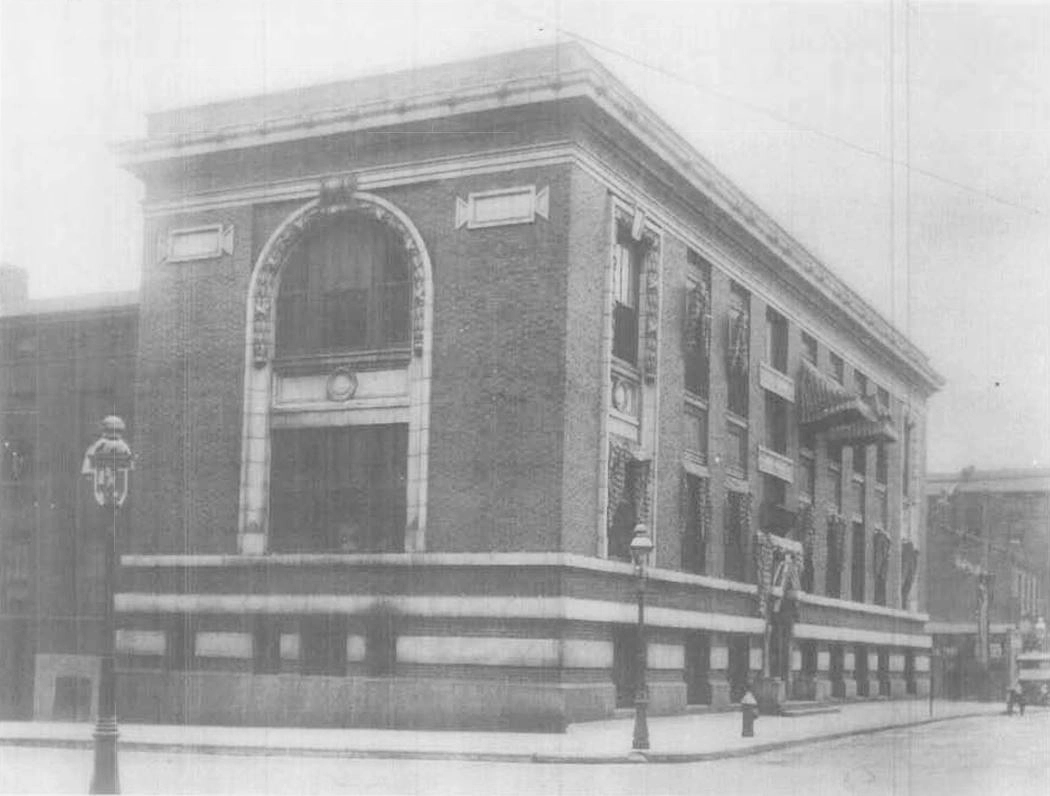
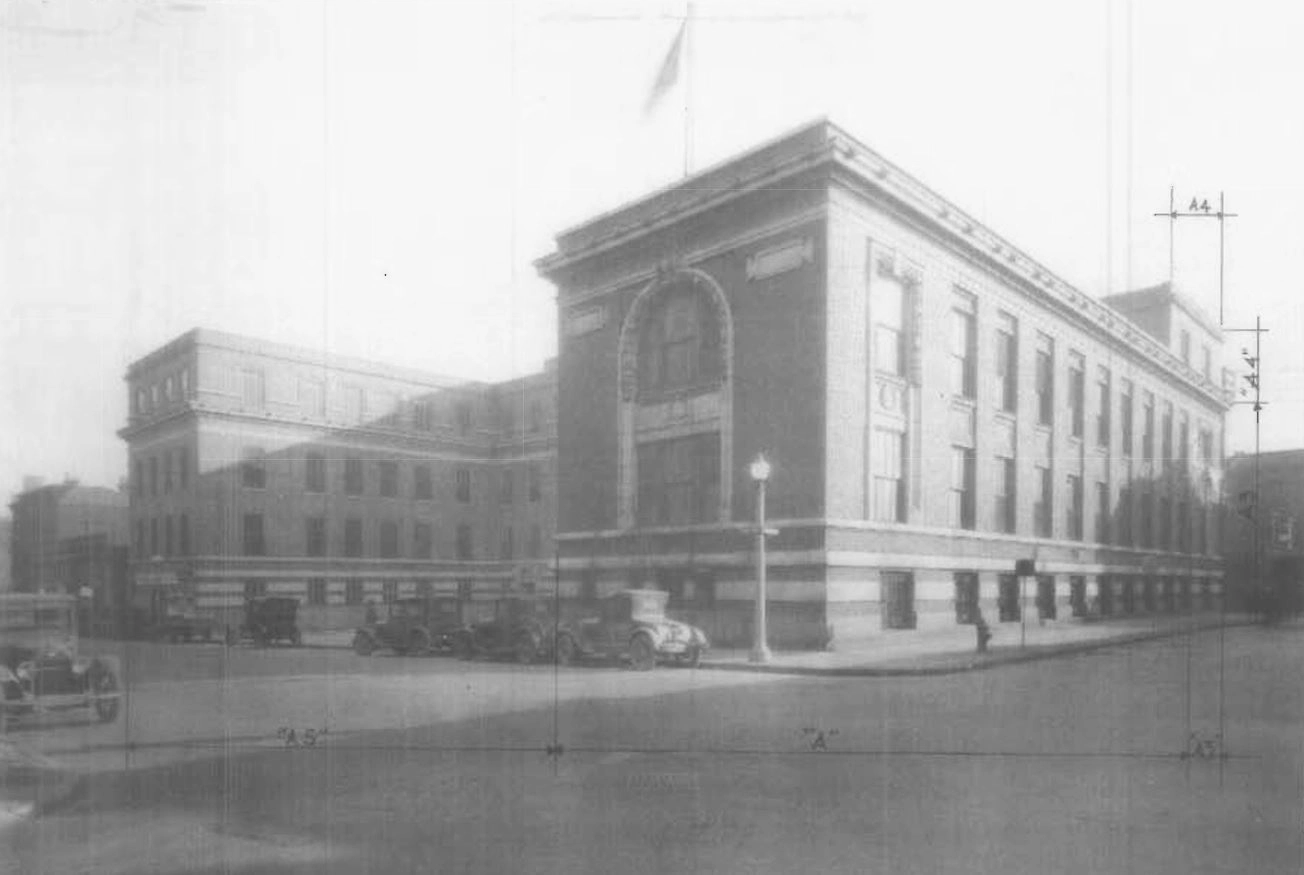
End Historic Photos
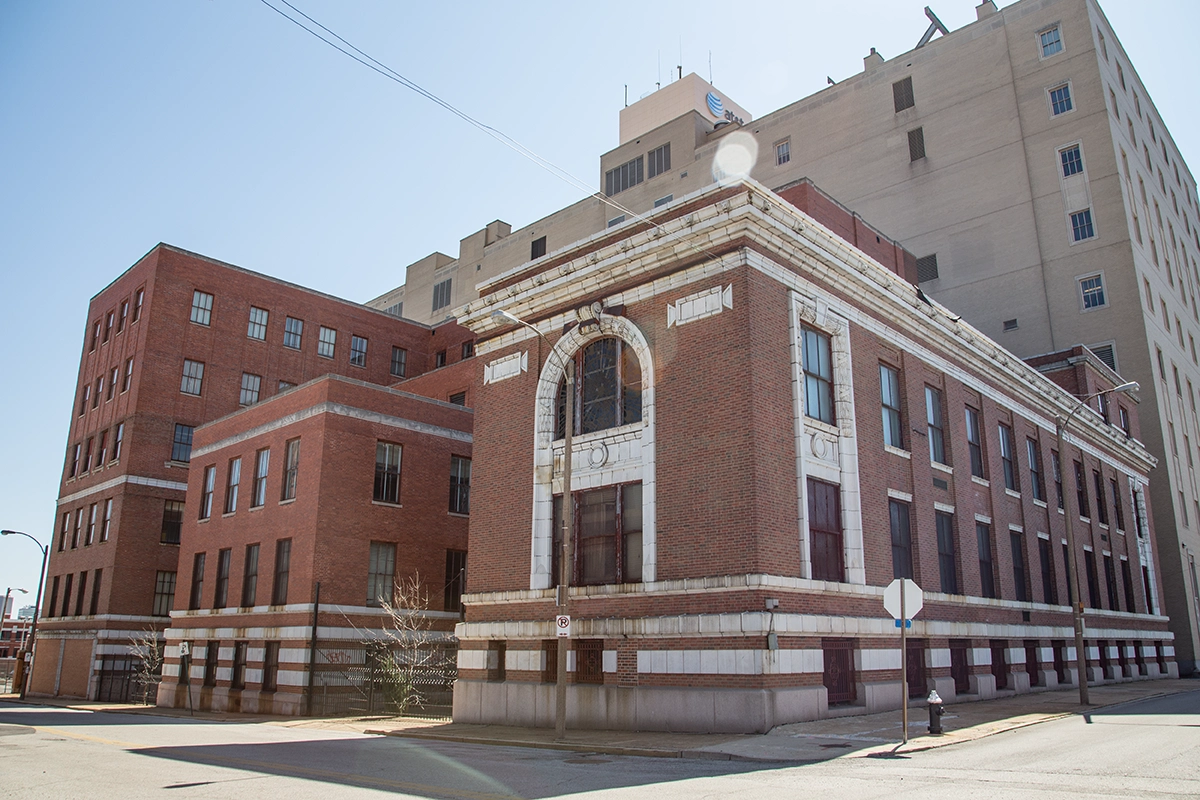
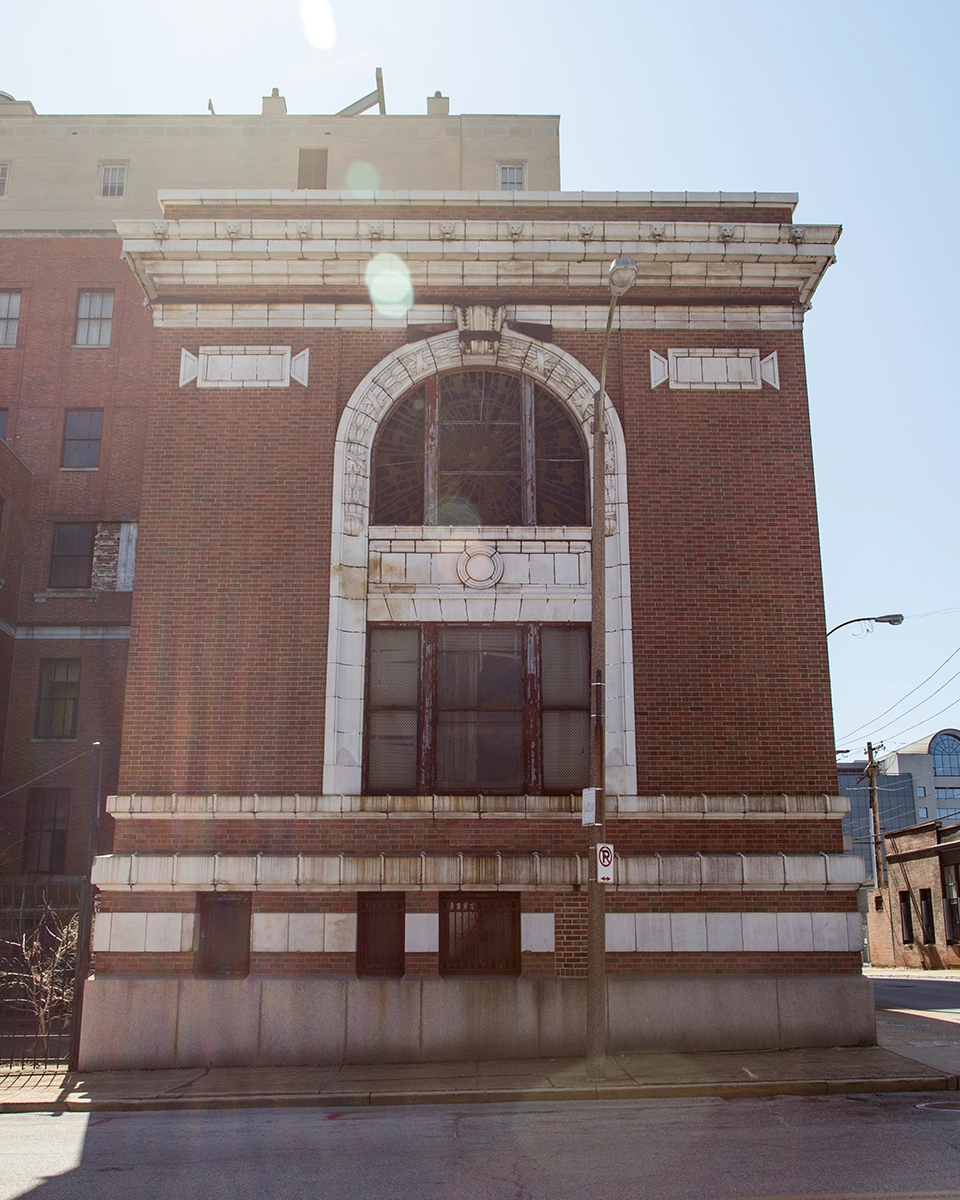
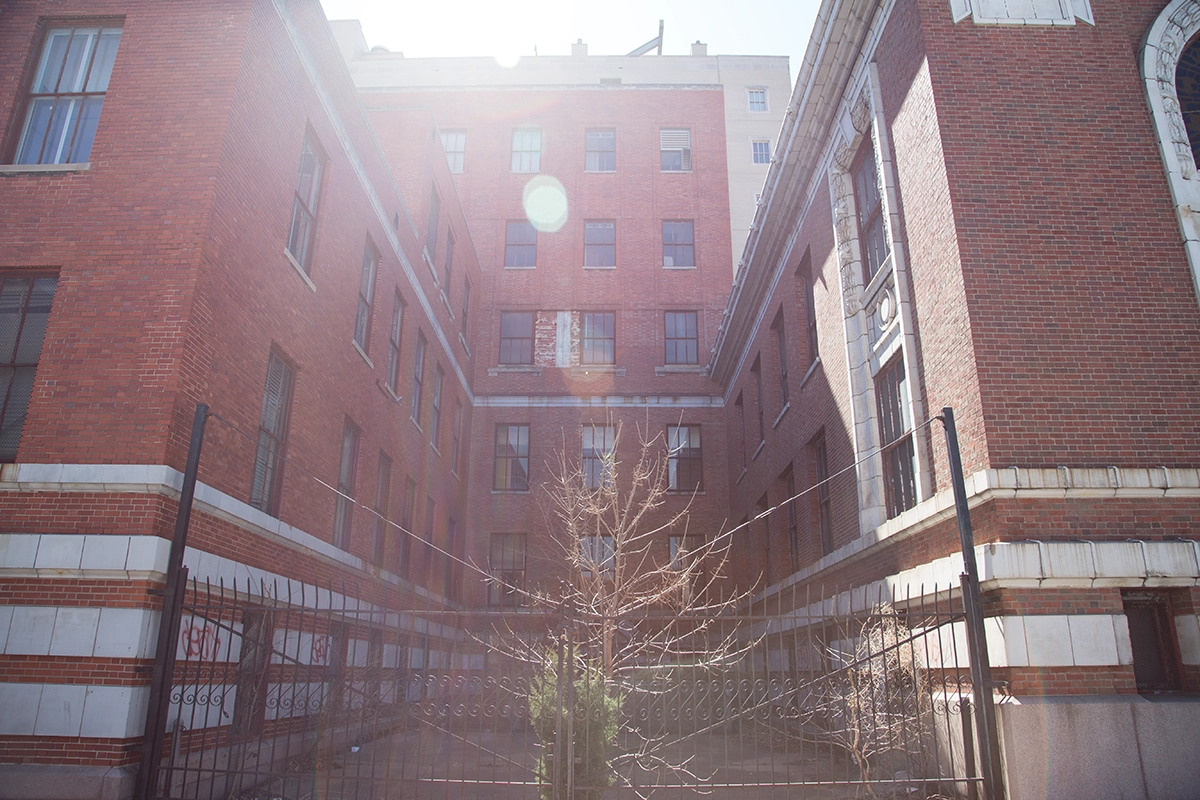
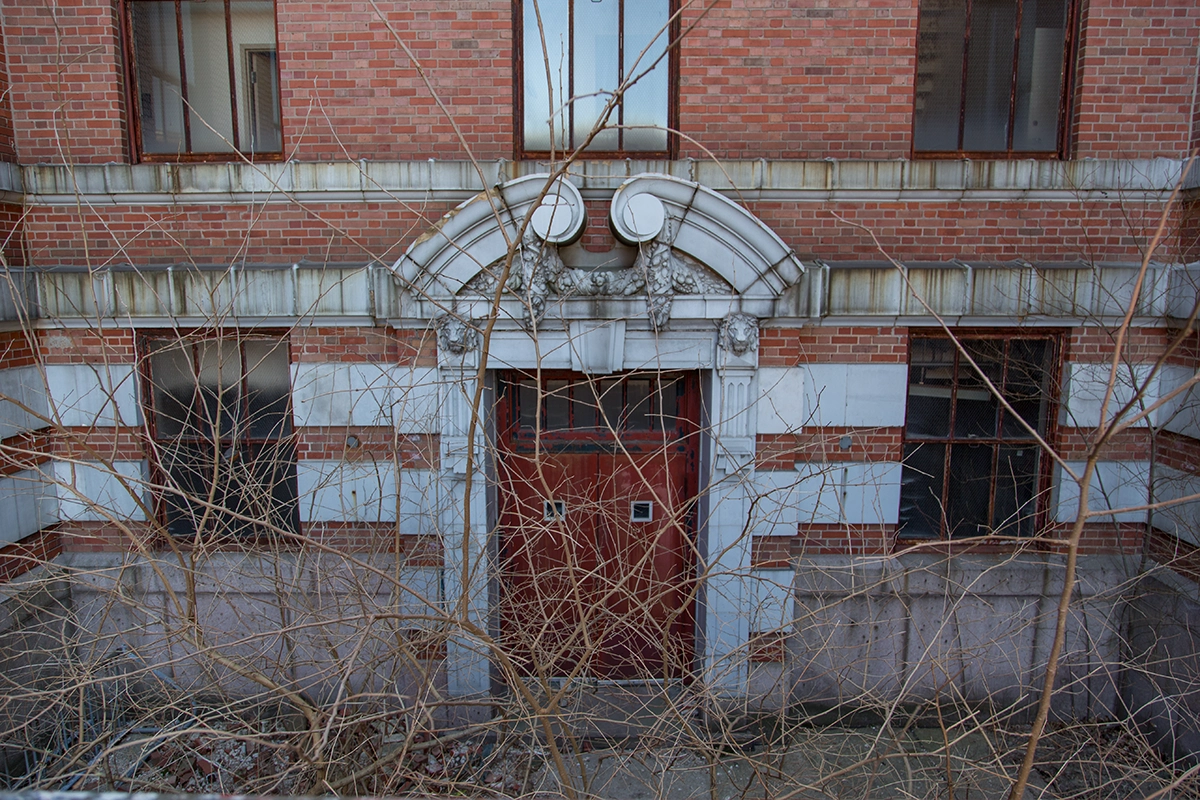
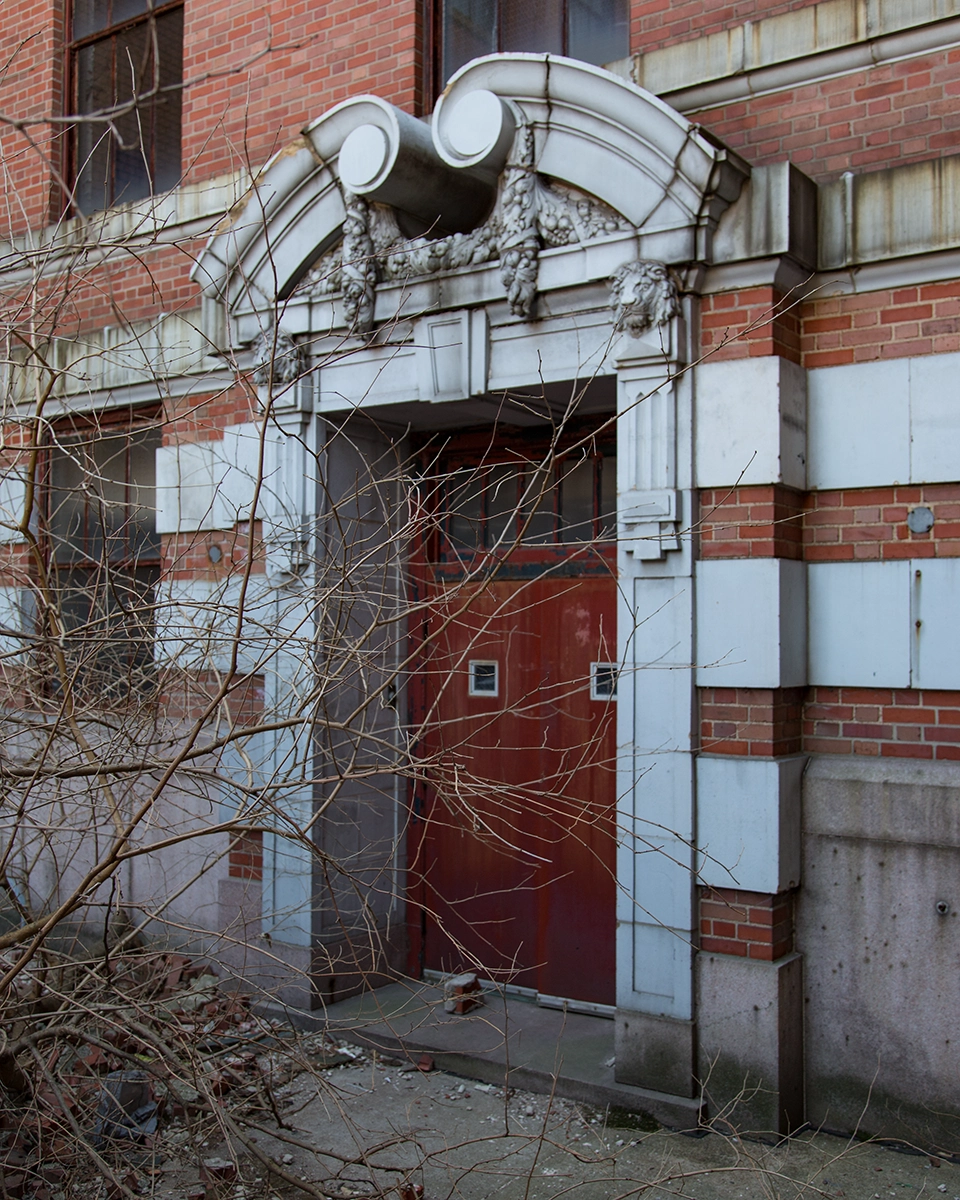
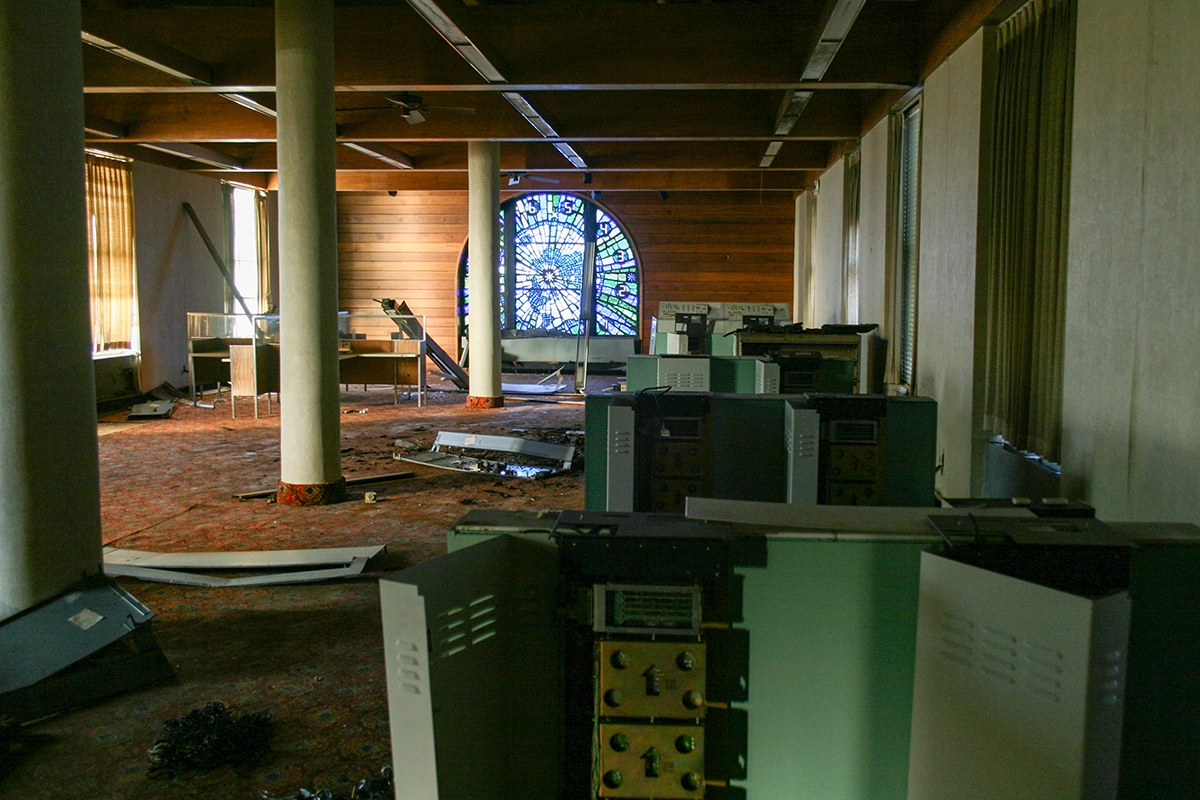
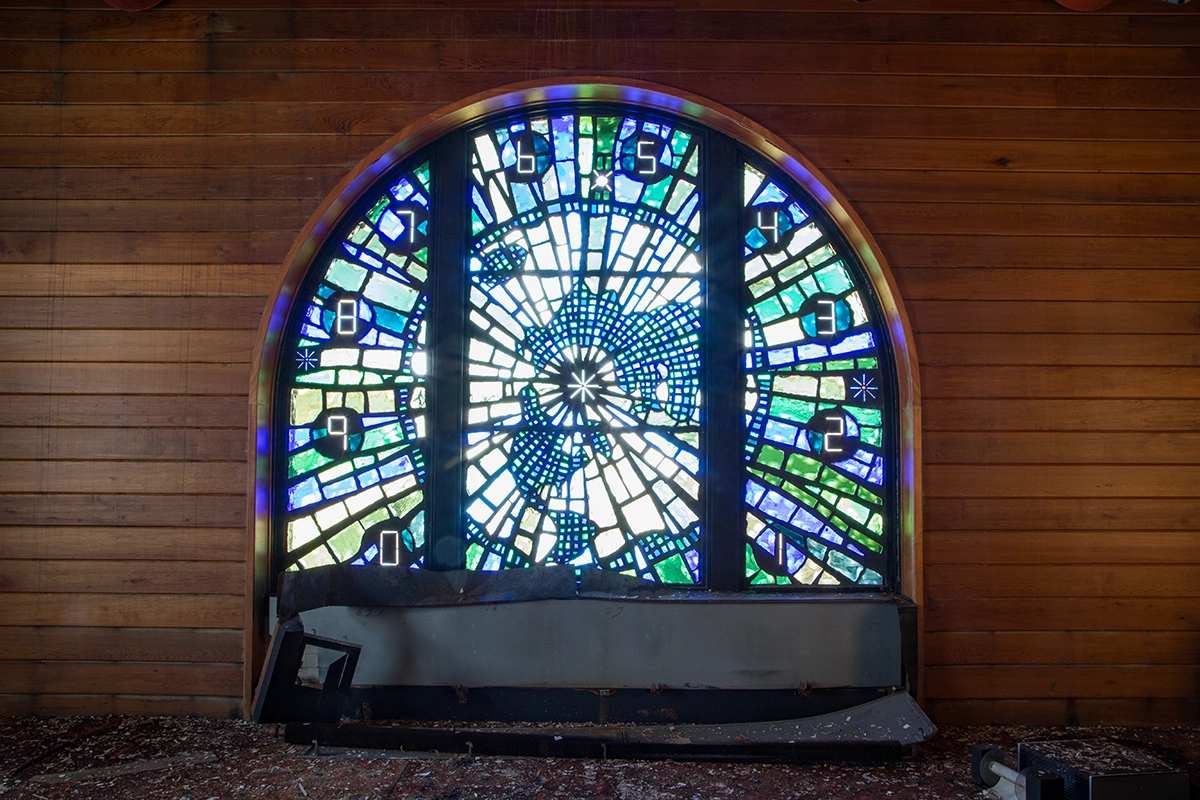
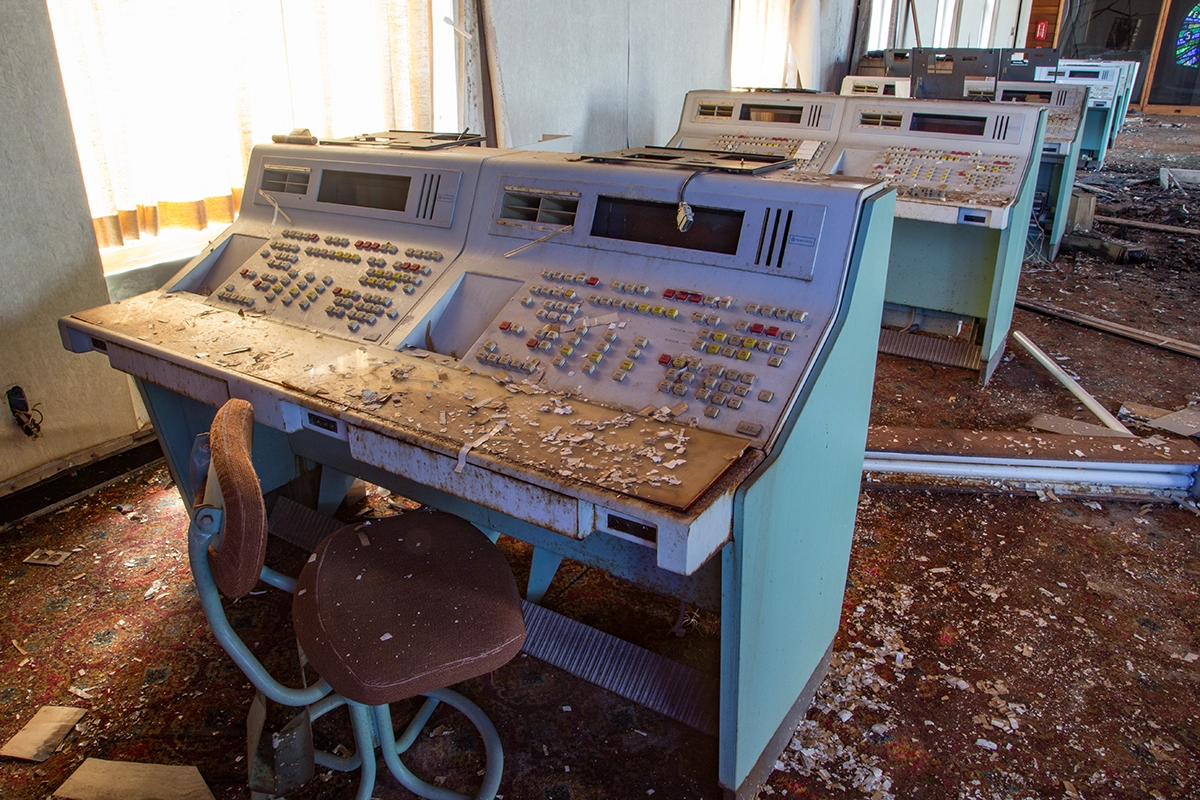
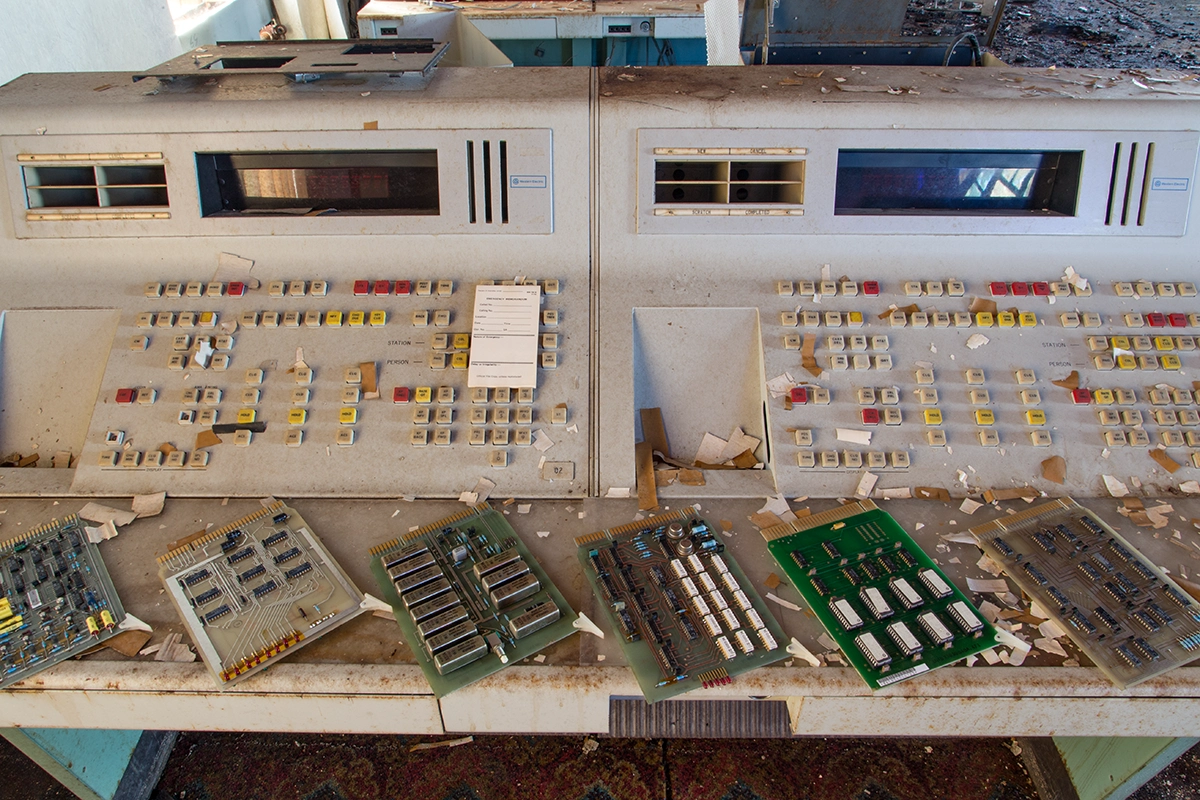
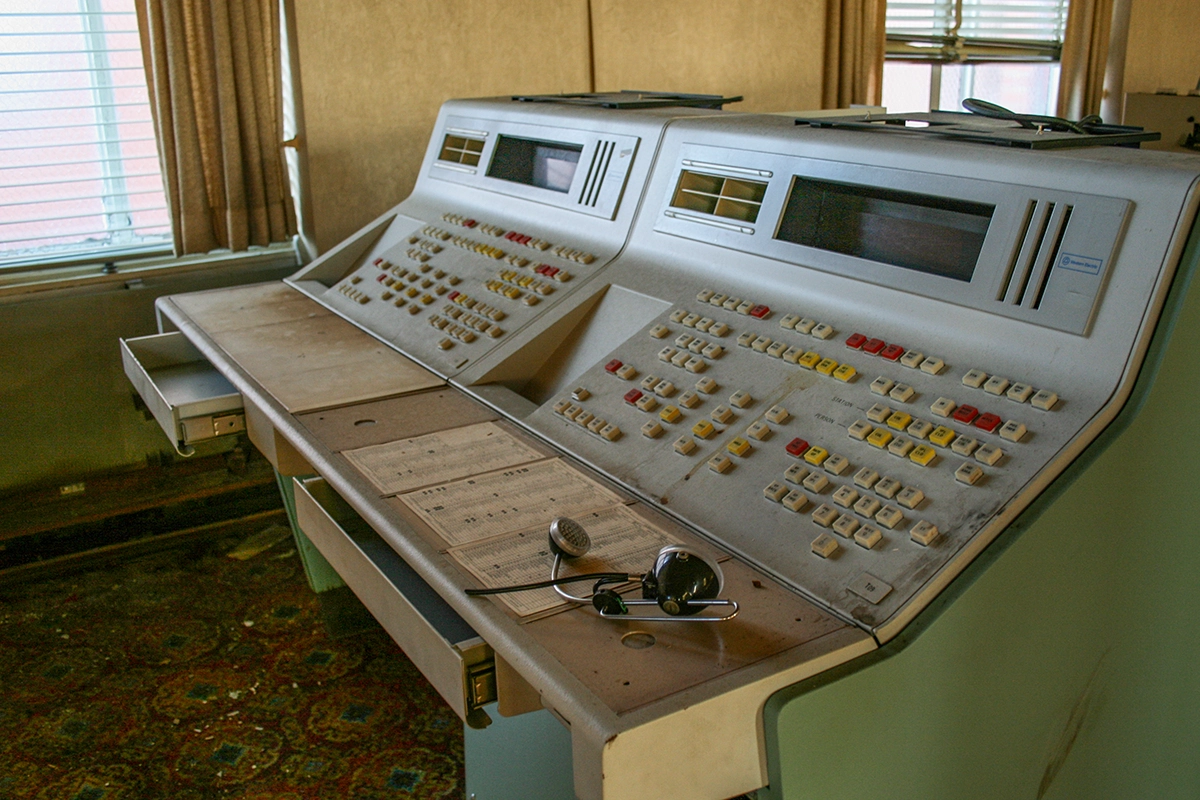
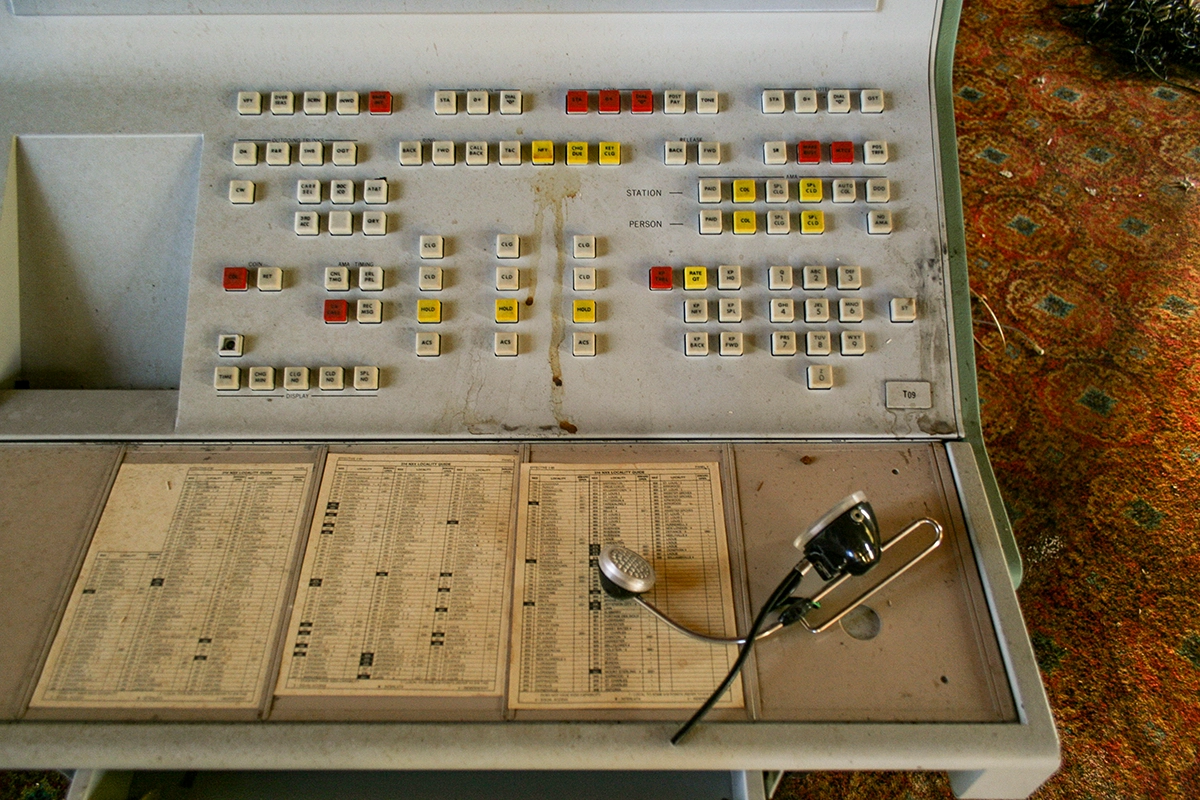
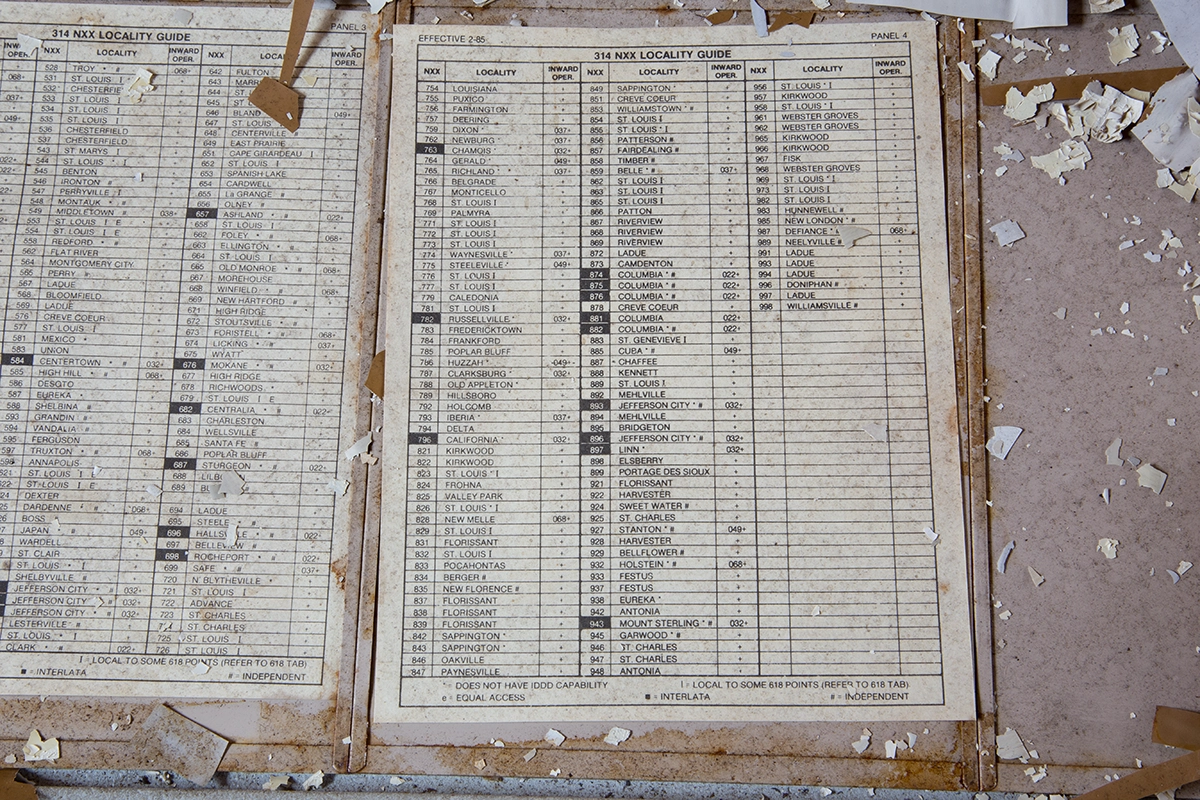
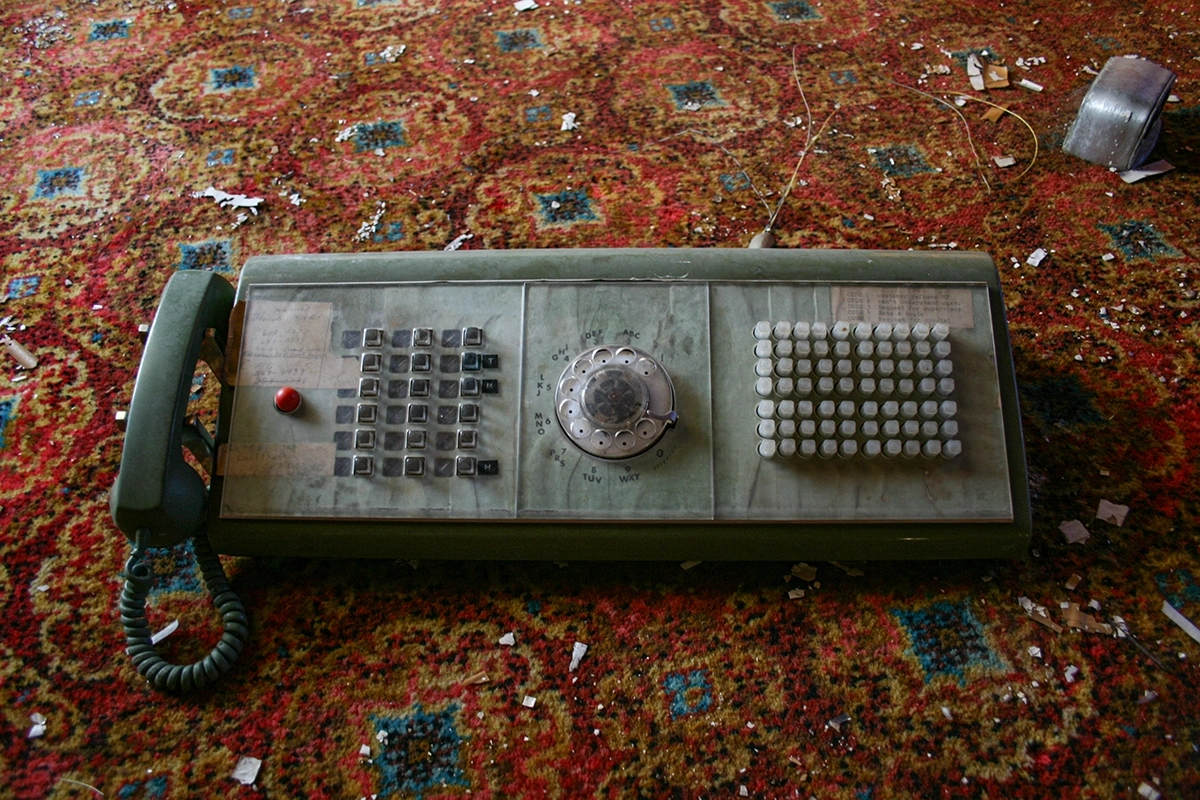
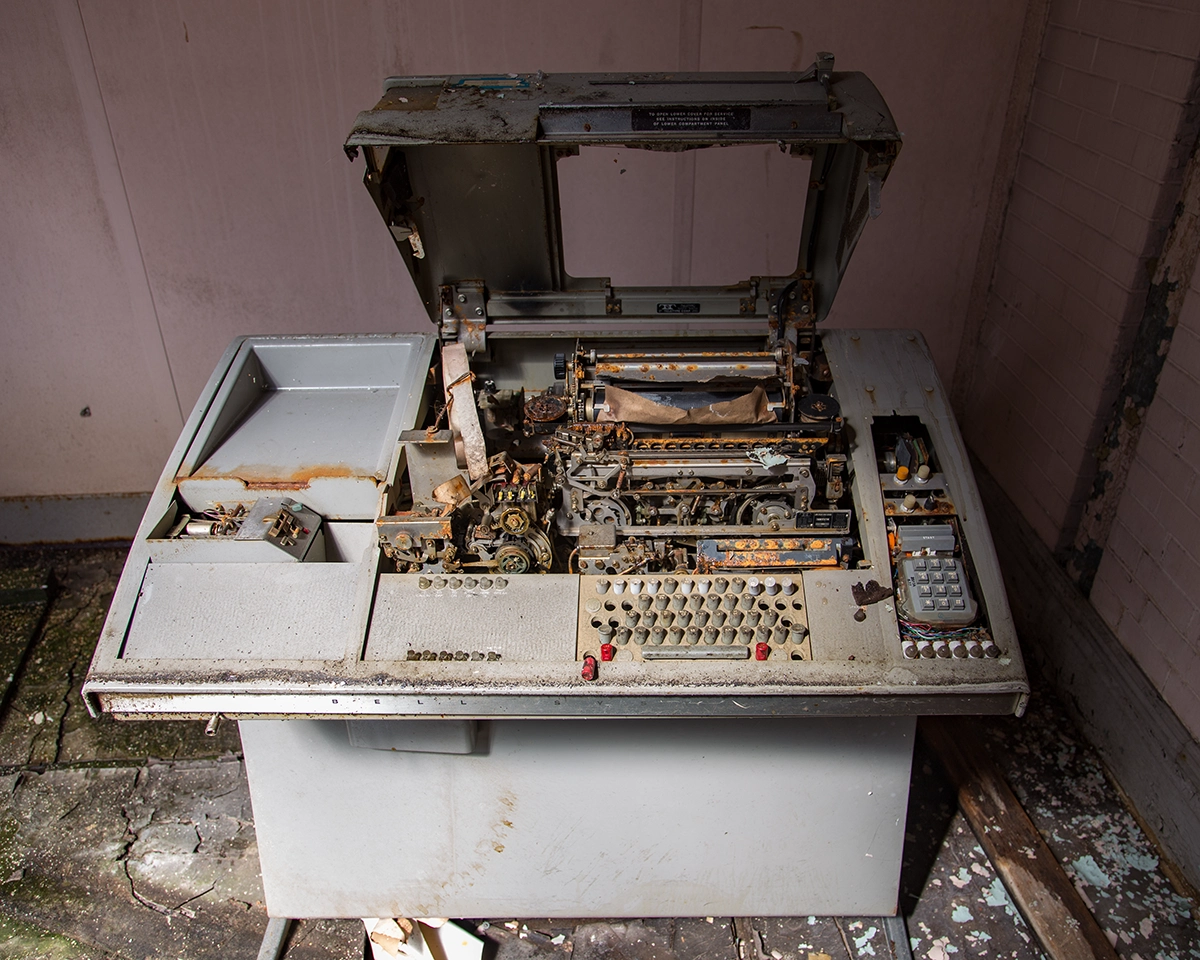
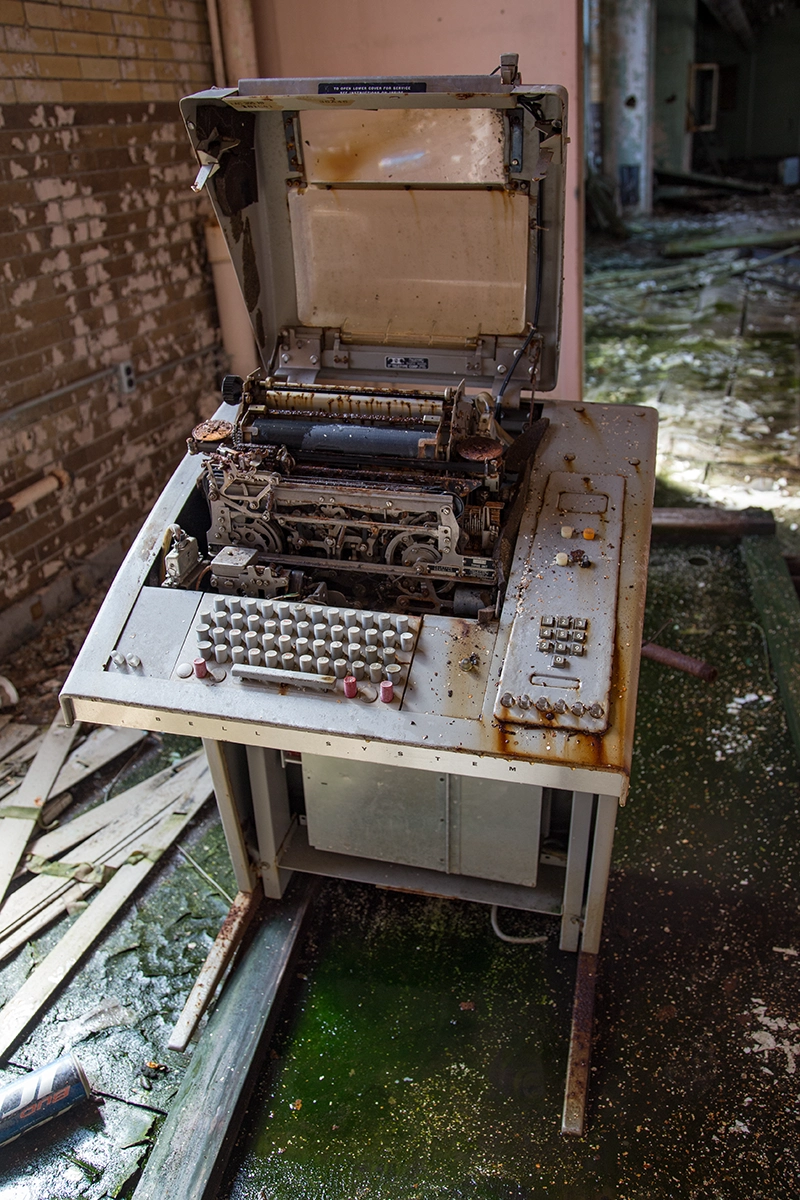
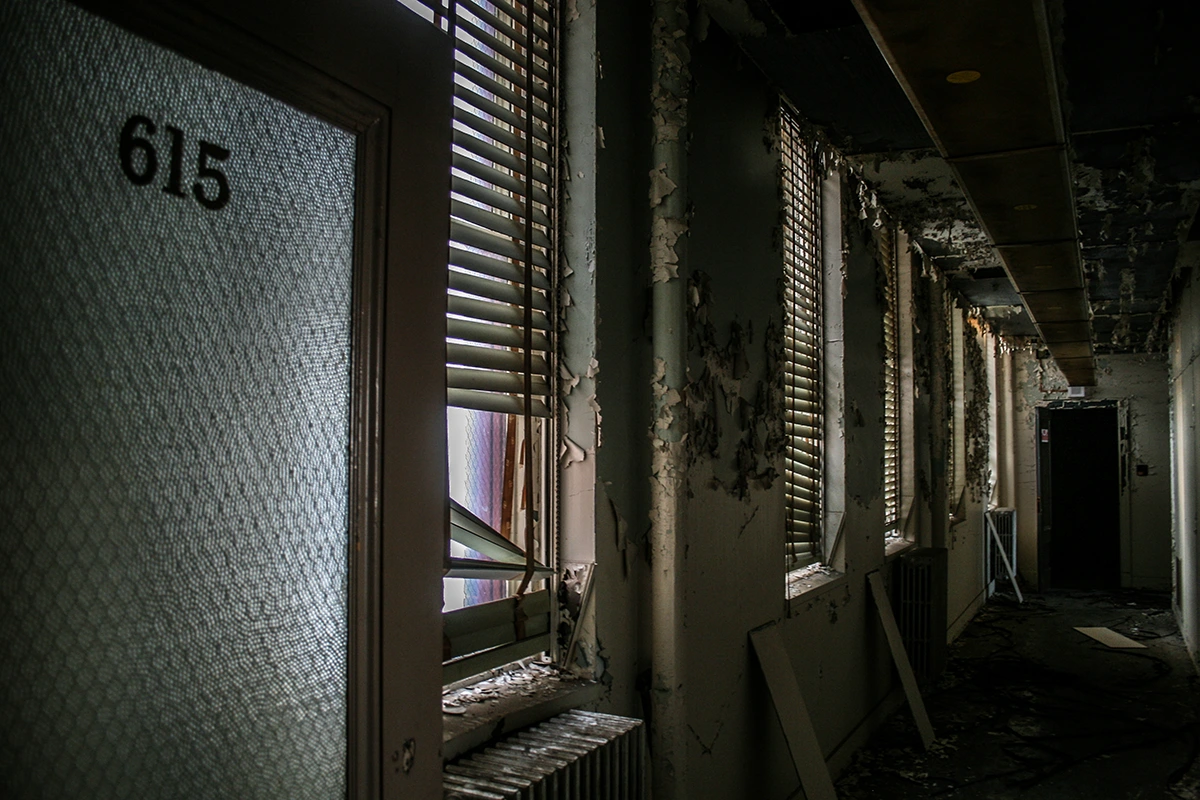
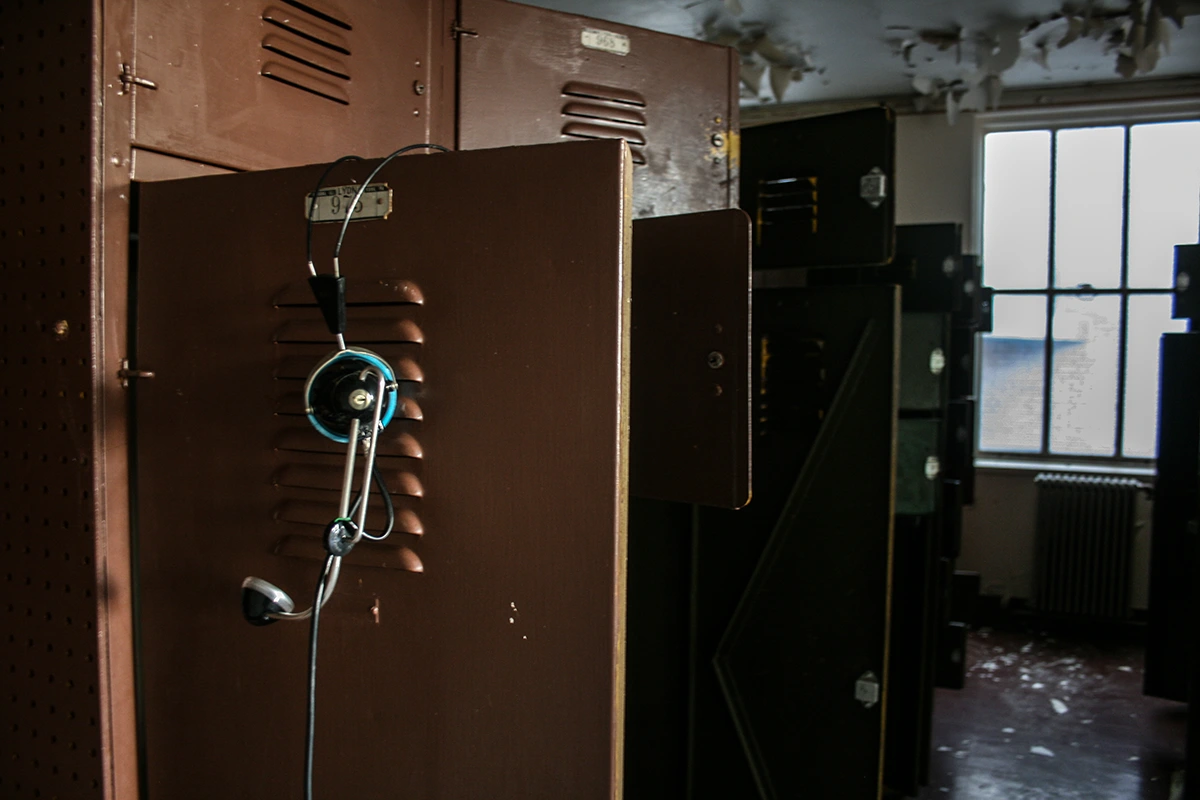
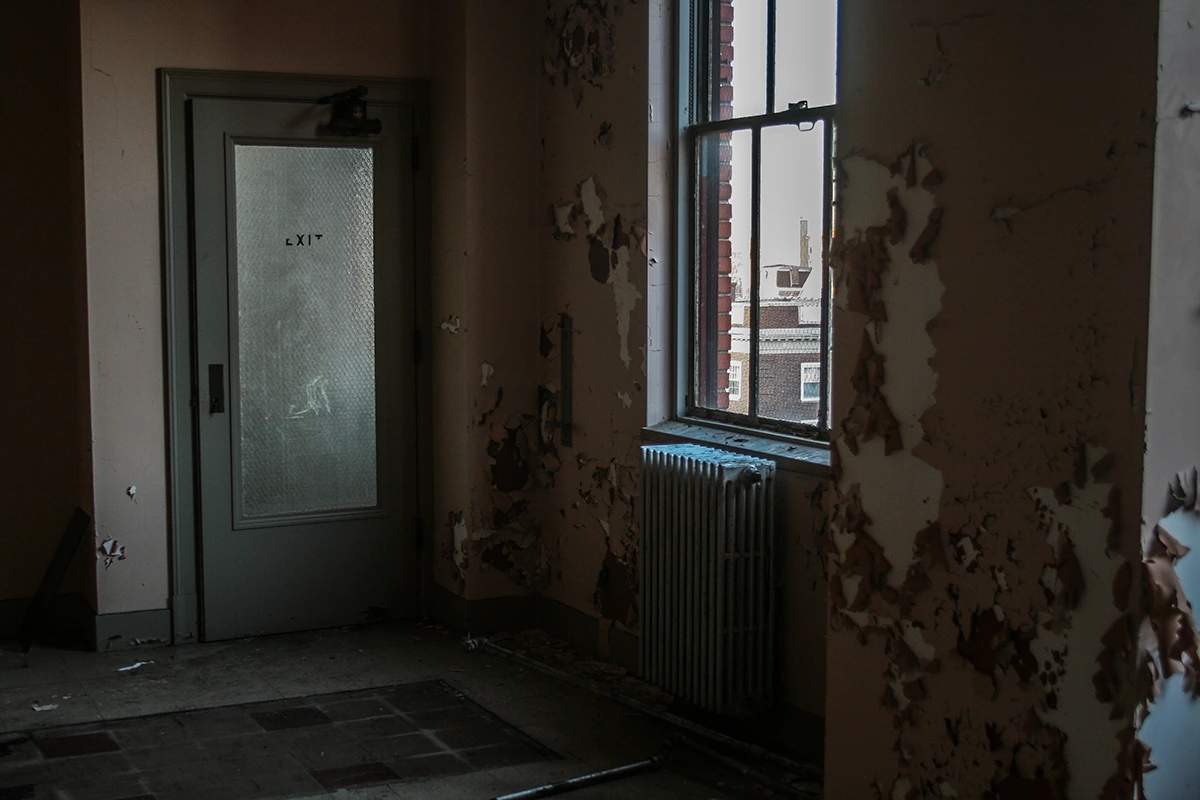
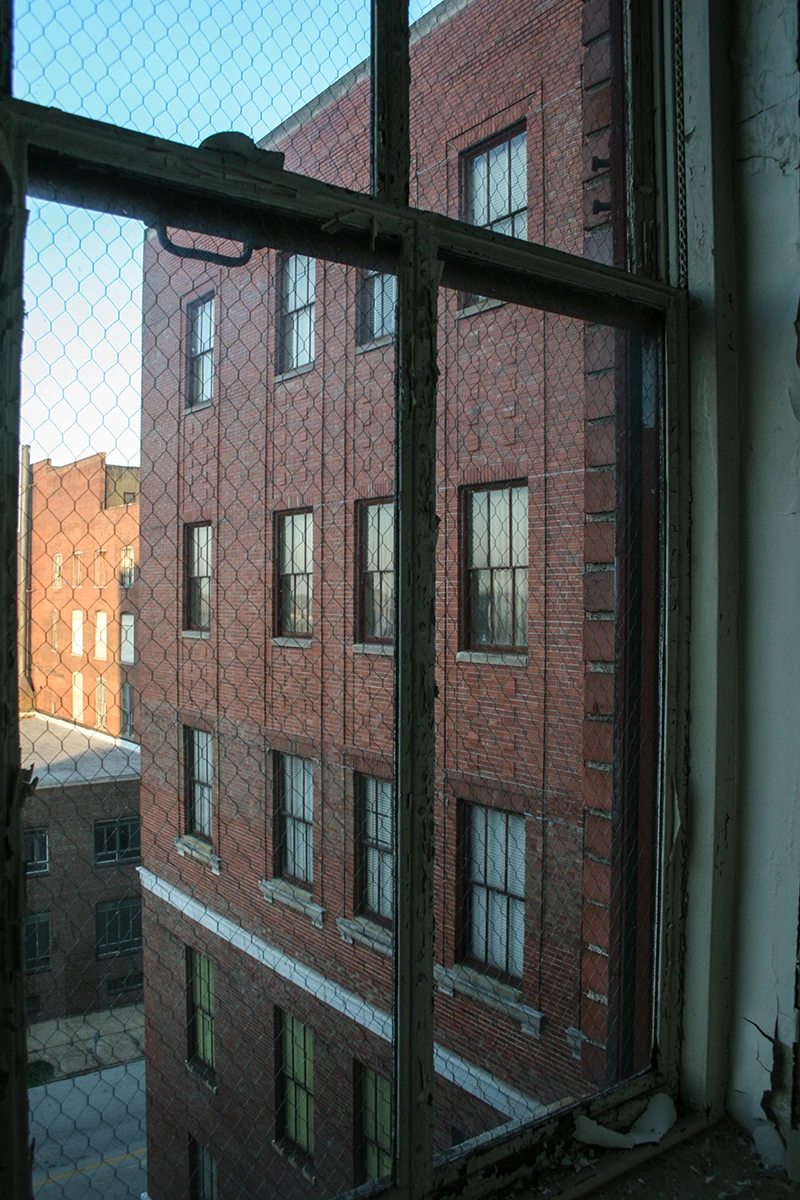
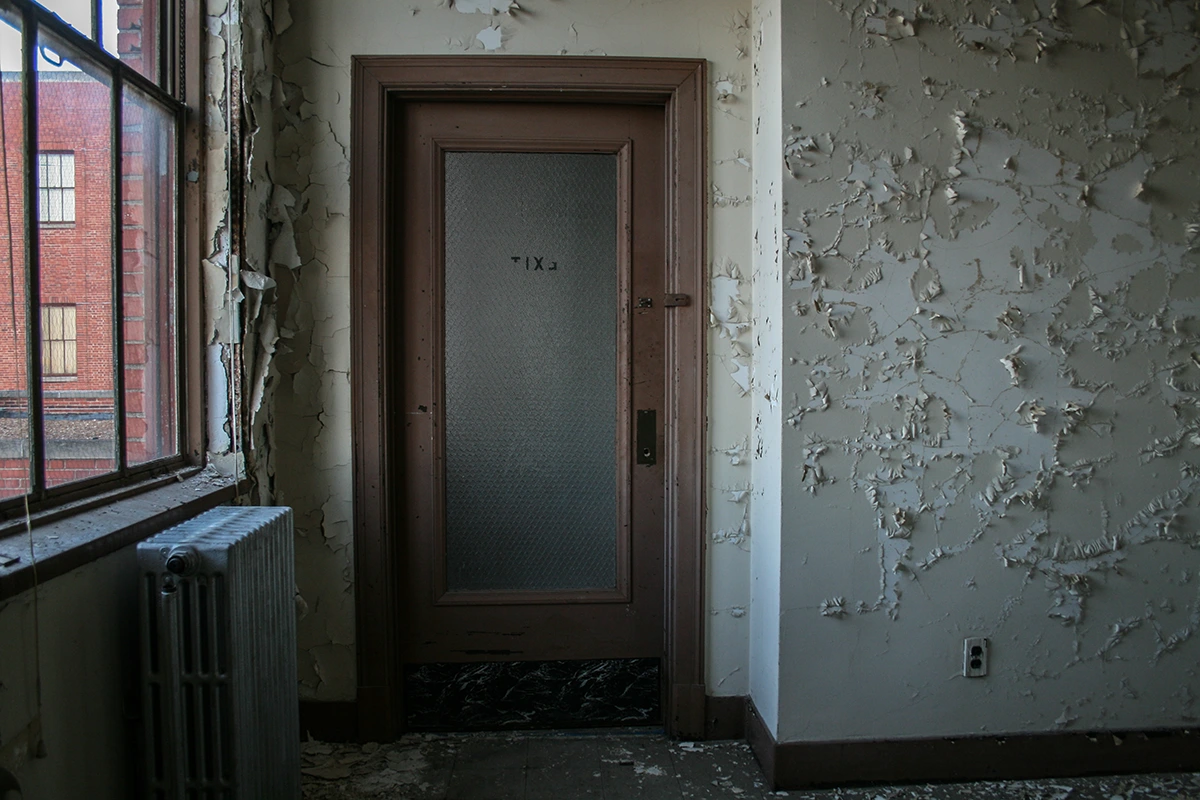
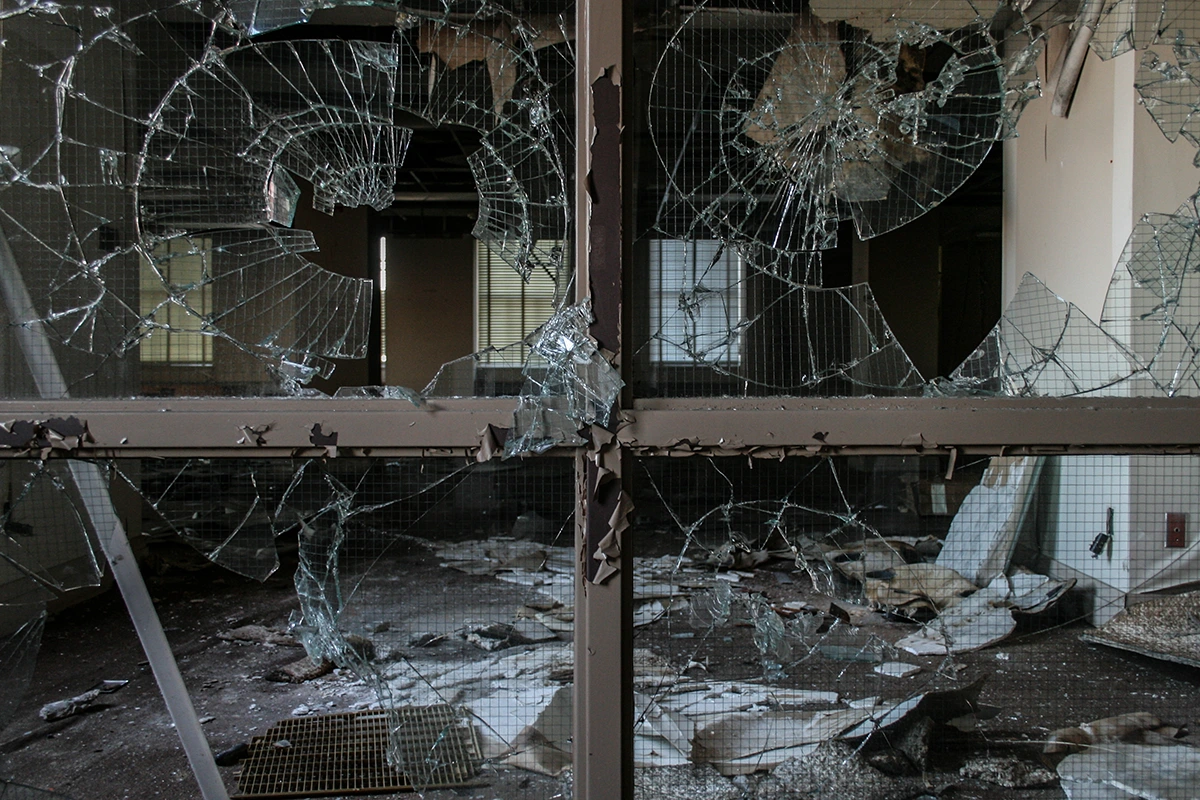
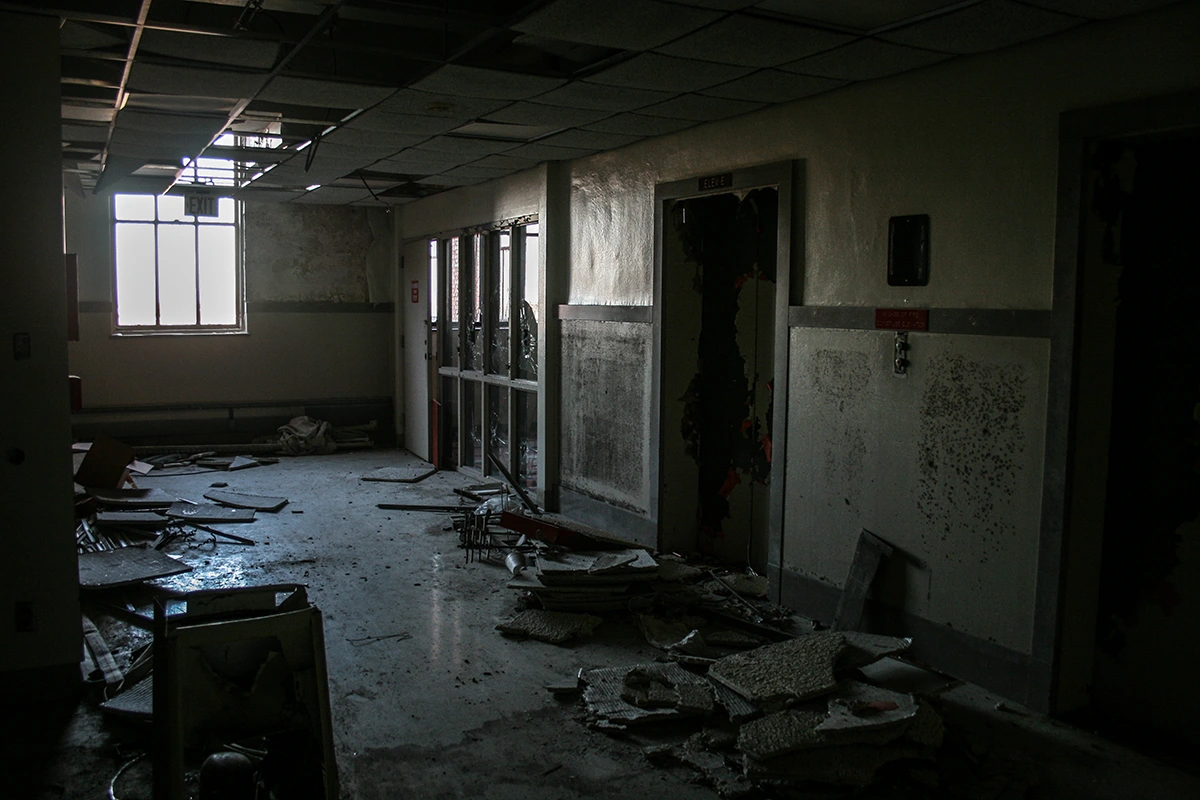
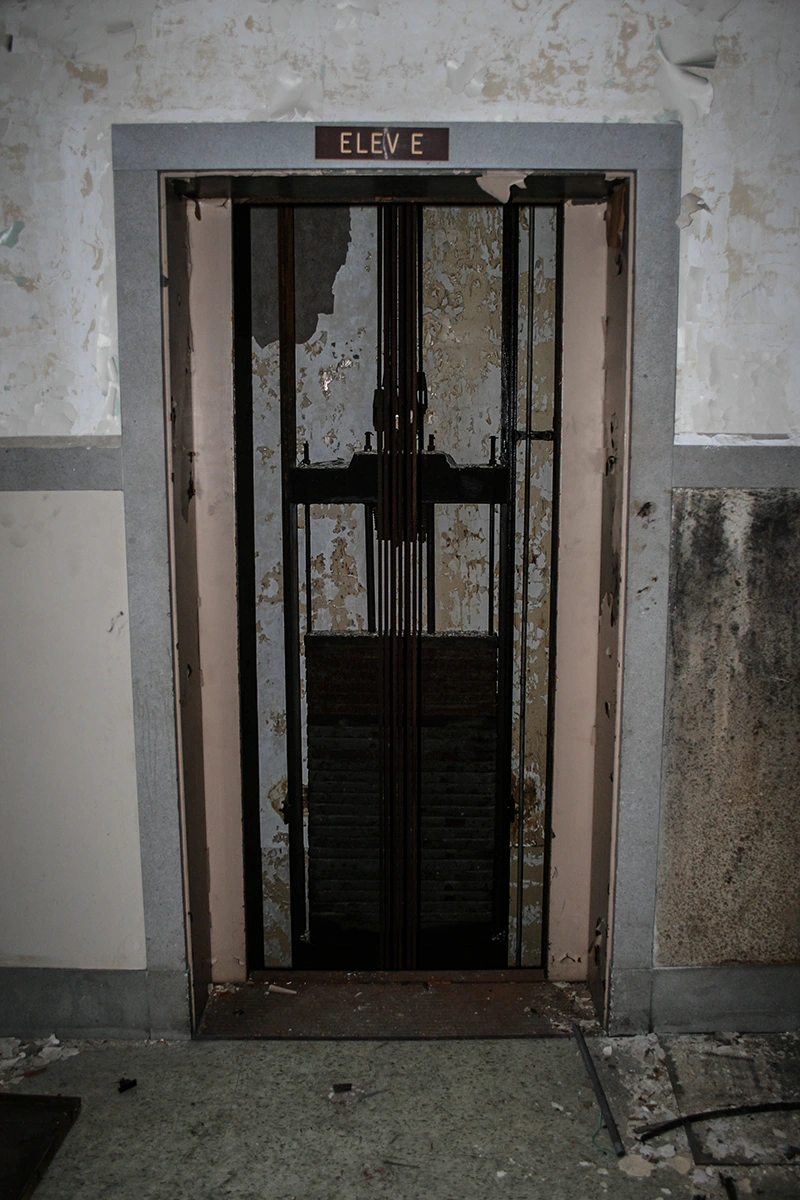
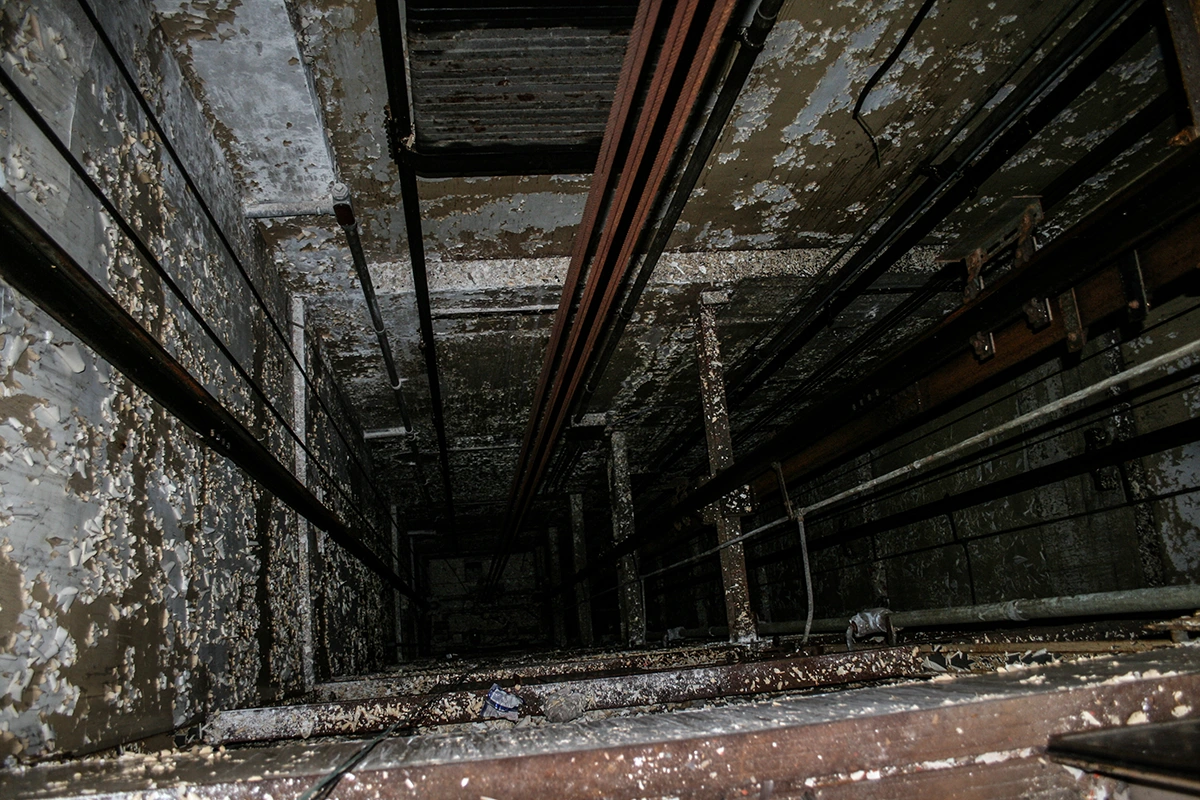
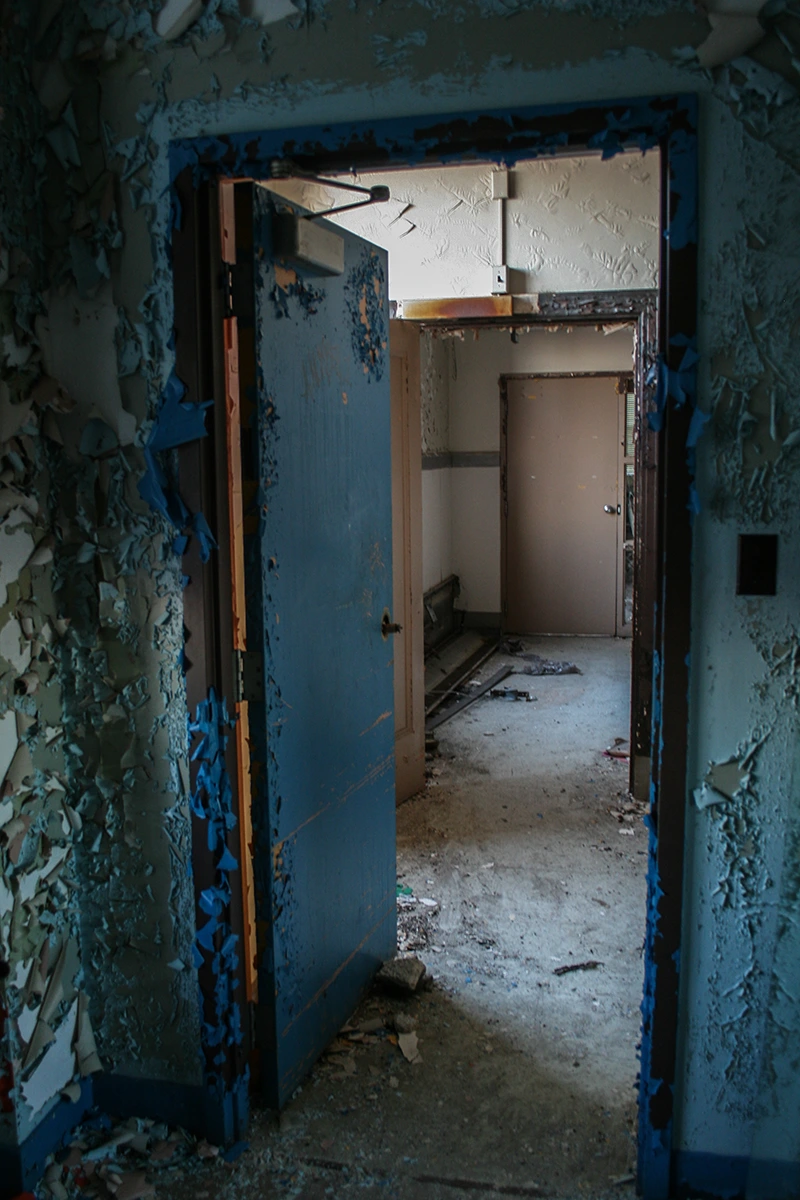
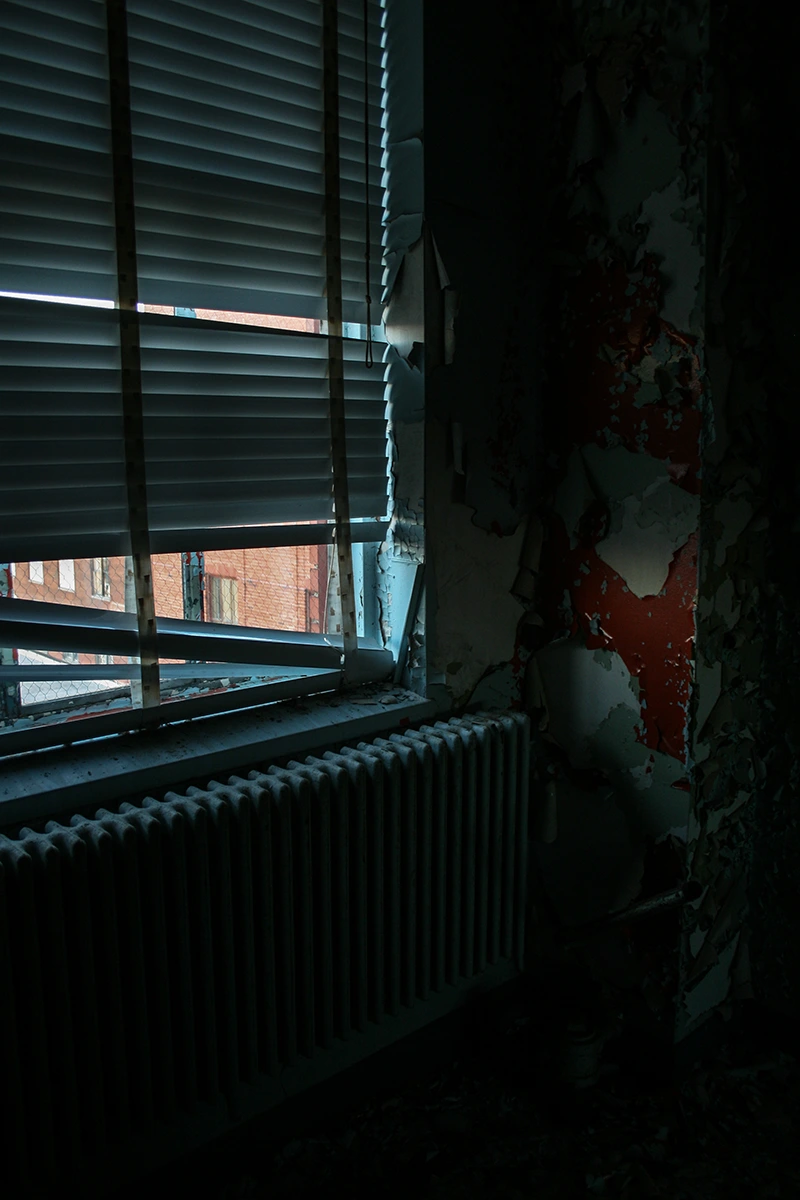
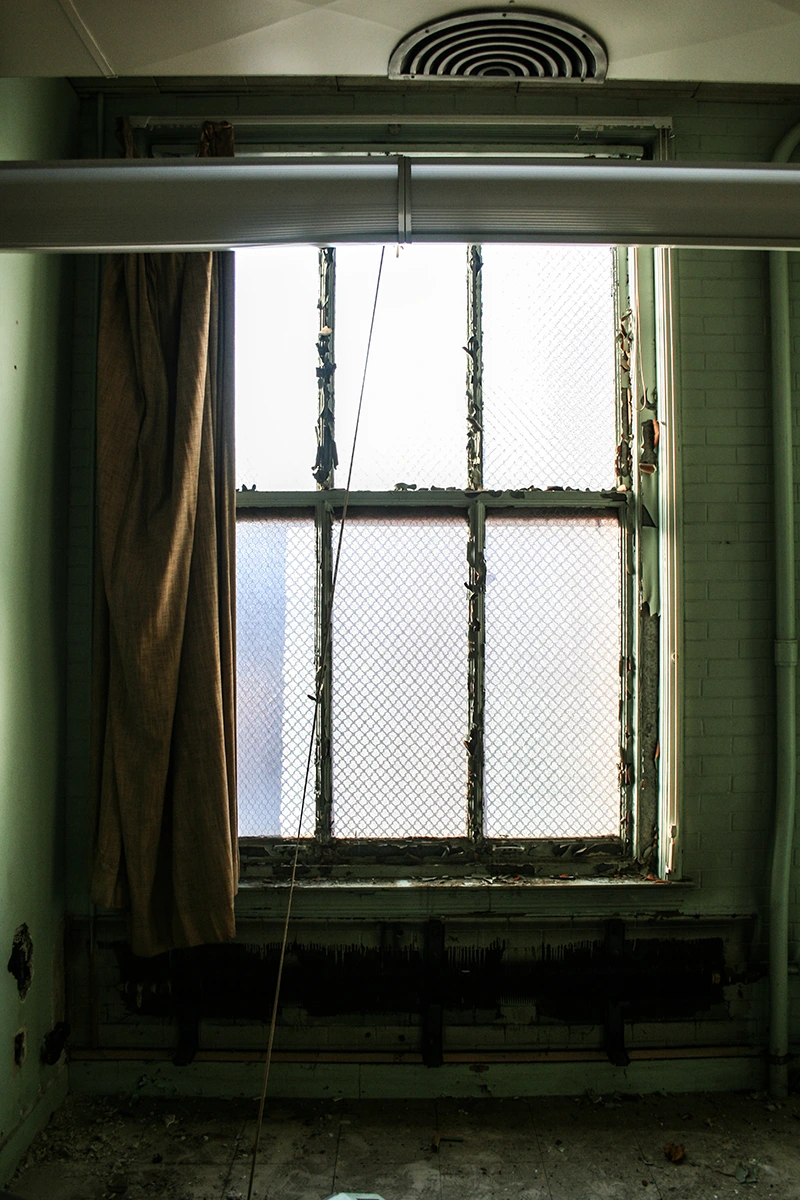
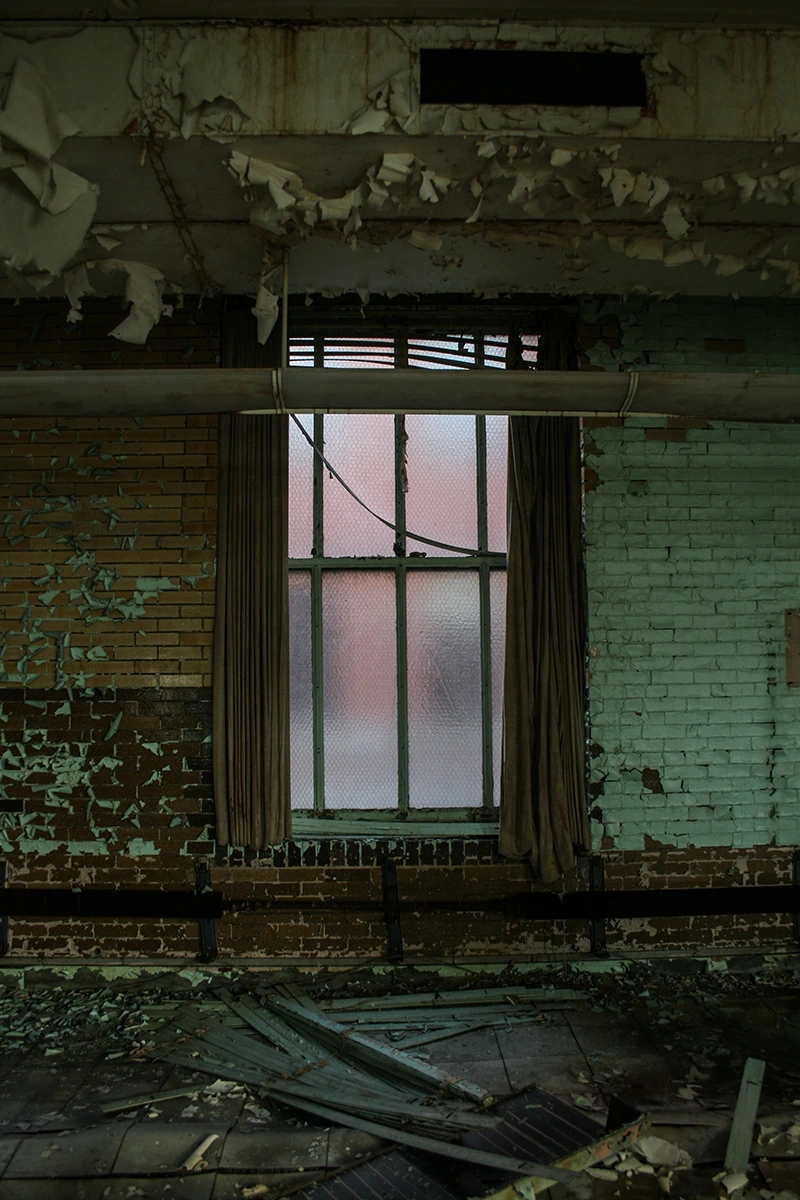
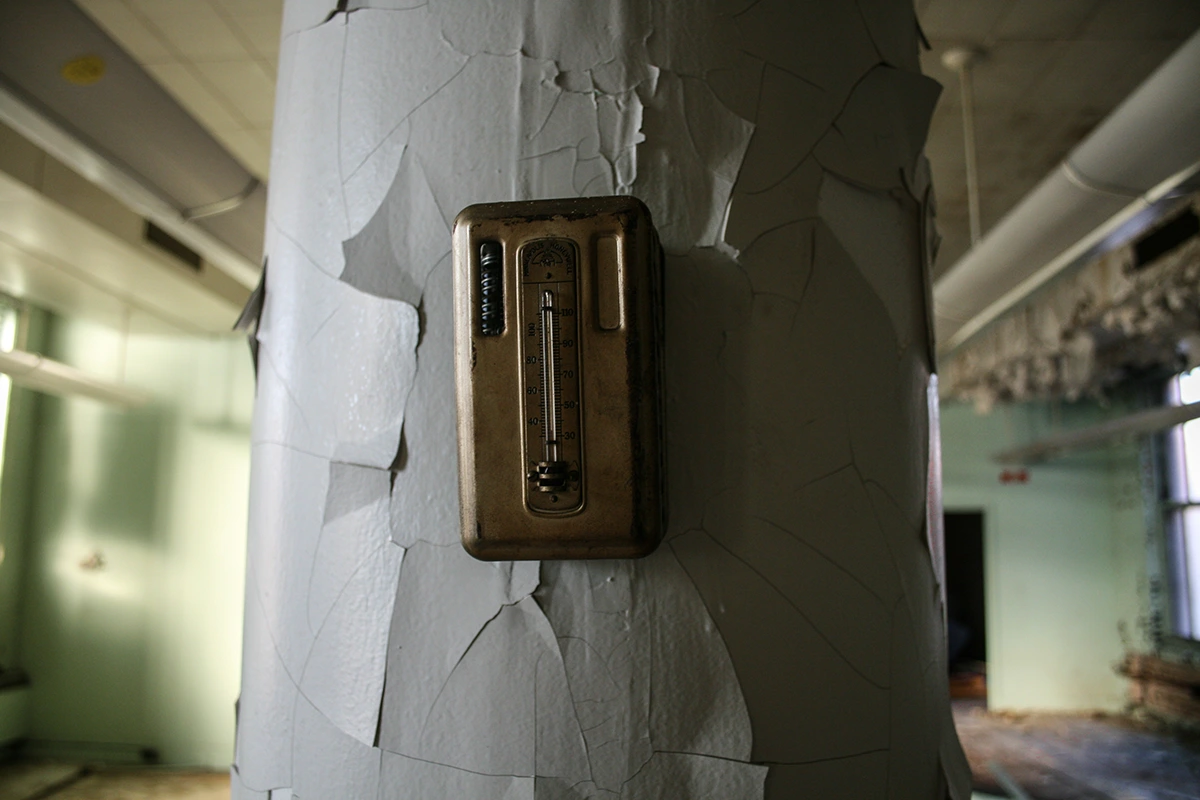
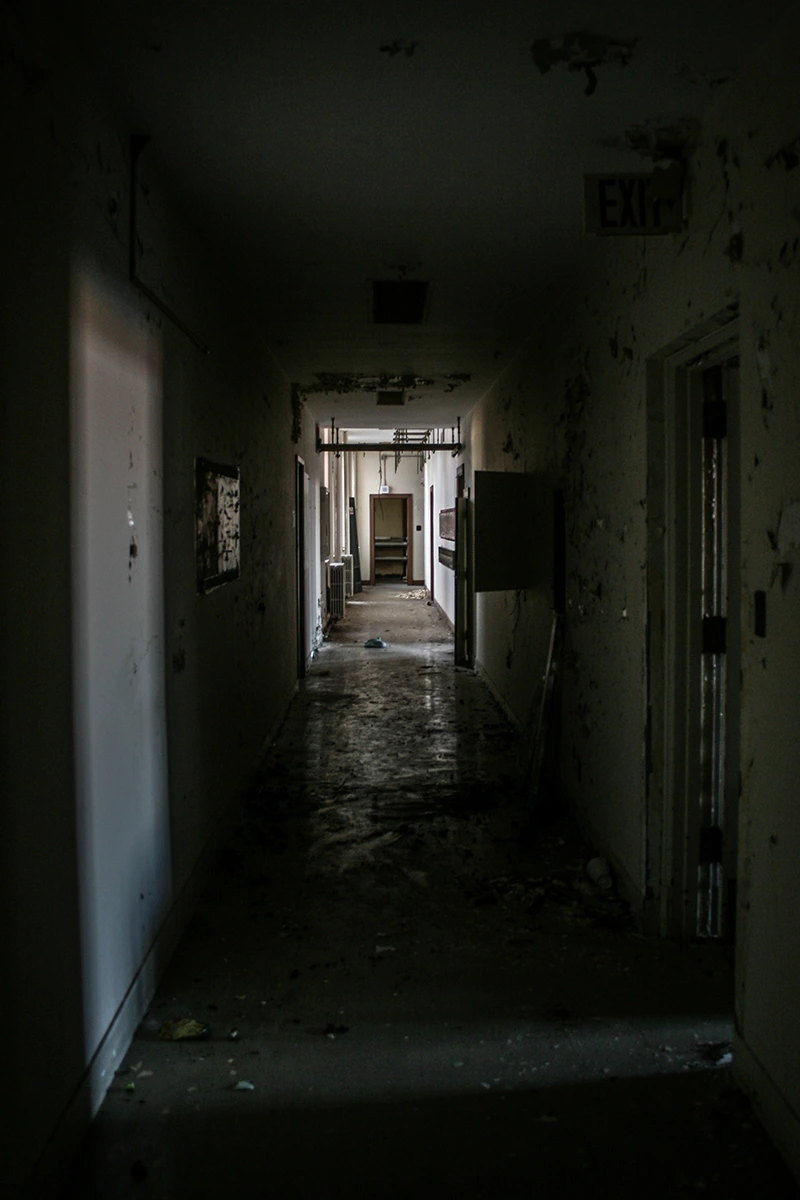
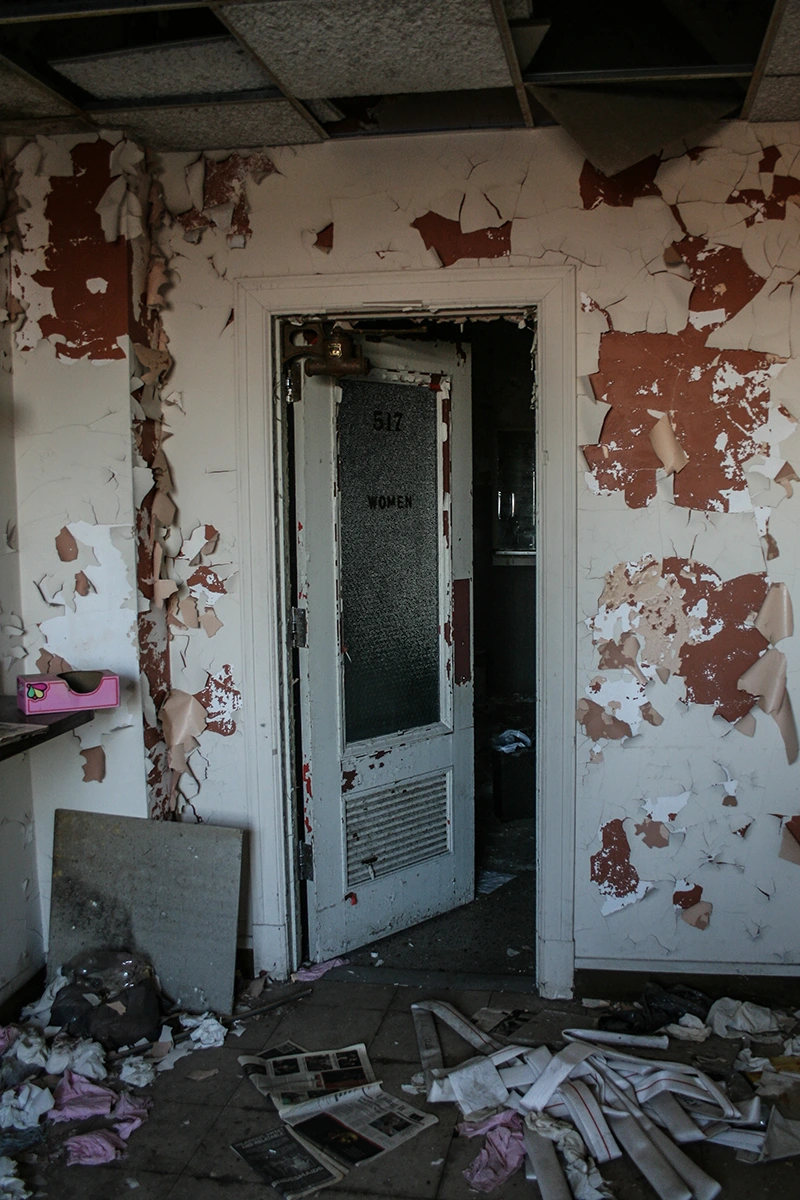
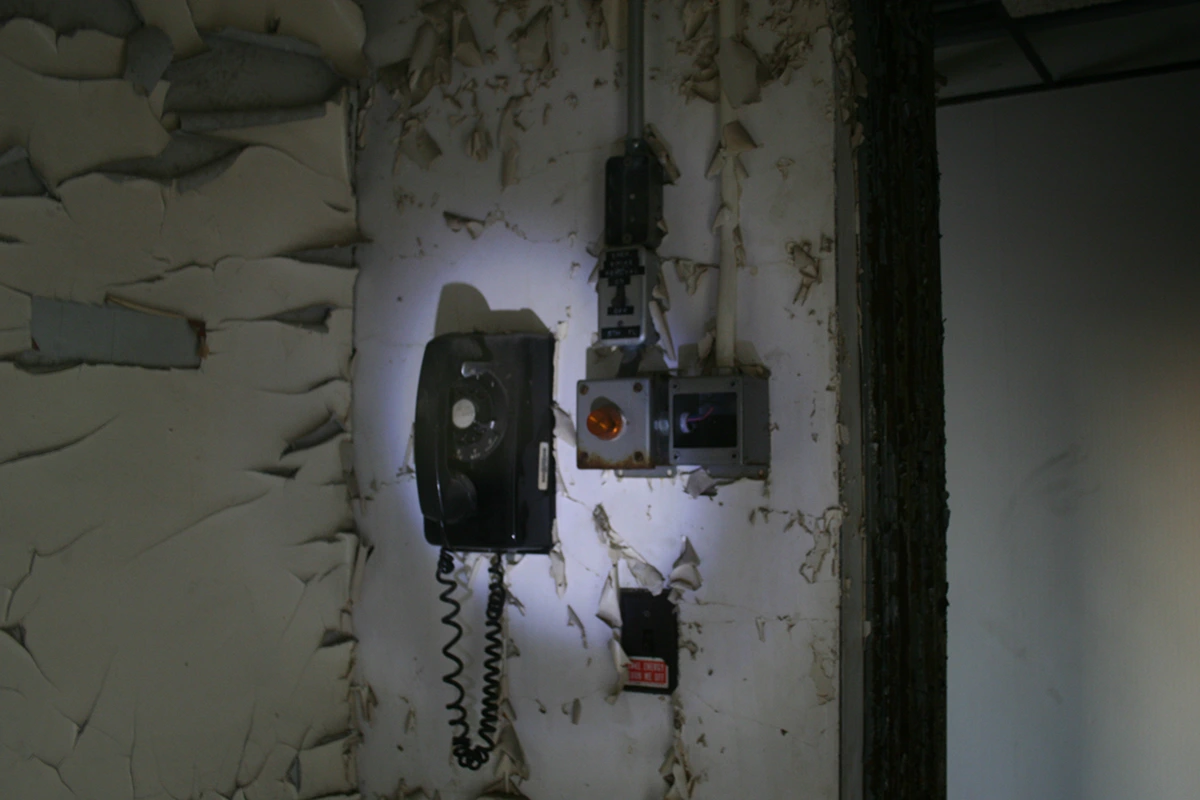
0 Comments:
Sunday, November 20, 2011
St. Mark's School was constructed in 1909 and features Gothic Revival architecture. This all-girl's school opened on September 15, 1909 with 180 pupils. In 1910, the Sister-Teachers formed a High School department due to the lack of available all-girl high-schools in the area, forming St. Mark's Academy. The education was highly regarded and students came from as far as St. Ann and Glasgow Village, Missouri to attend school here.
St. Mark's was always funded solely by the members of its congregation or through the cost of tuition. But their numbers began to decline throughout the 1960s as more people moved out of the city and fewer women chose religious vocations as nuns. Ultimately, it closed its doors in 1975 due to lack of funding.
Source: NROHB
Begin Historic Photos
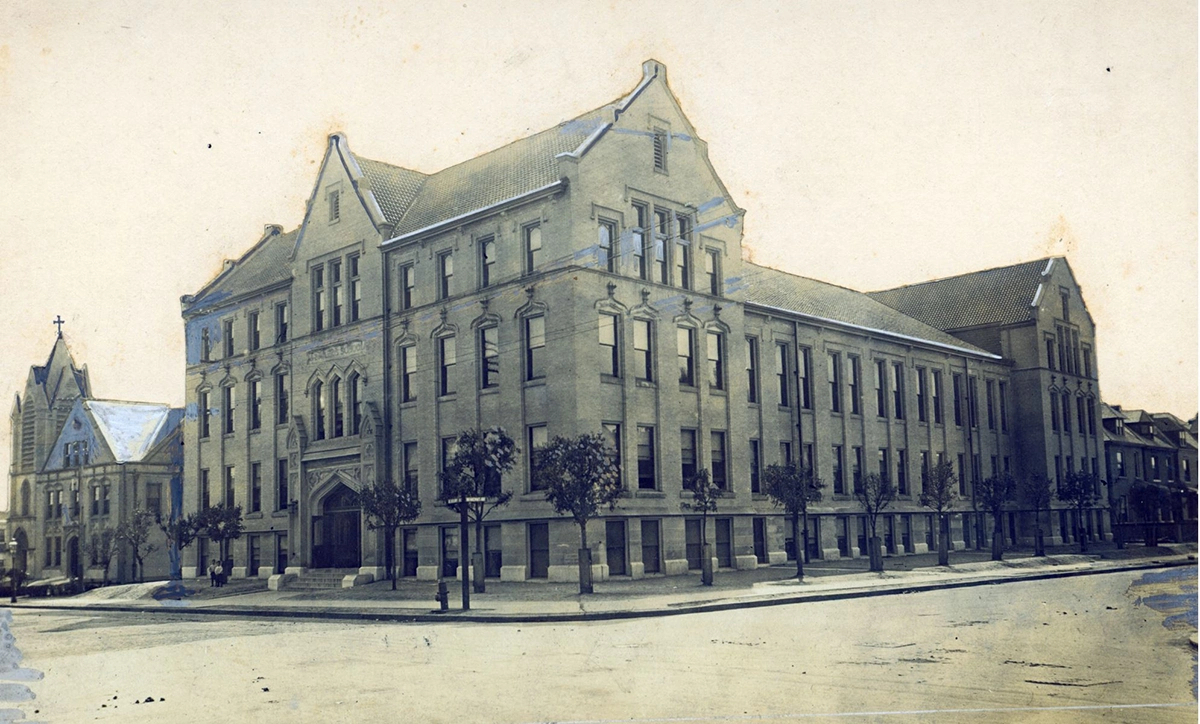
Begin Historic Photos
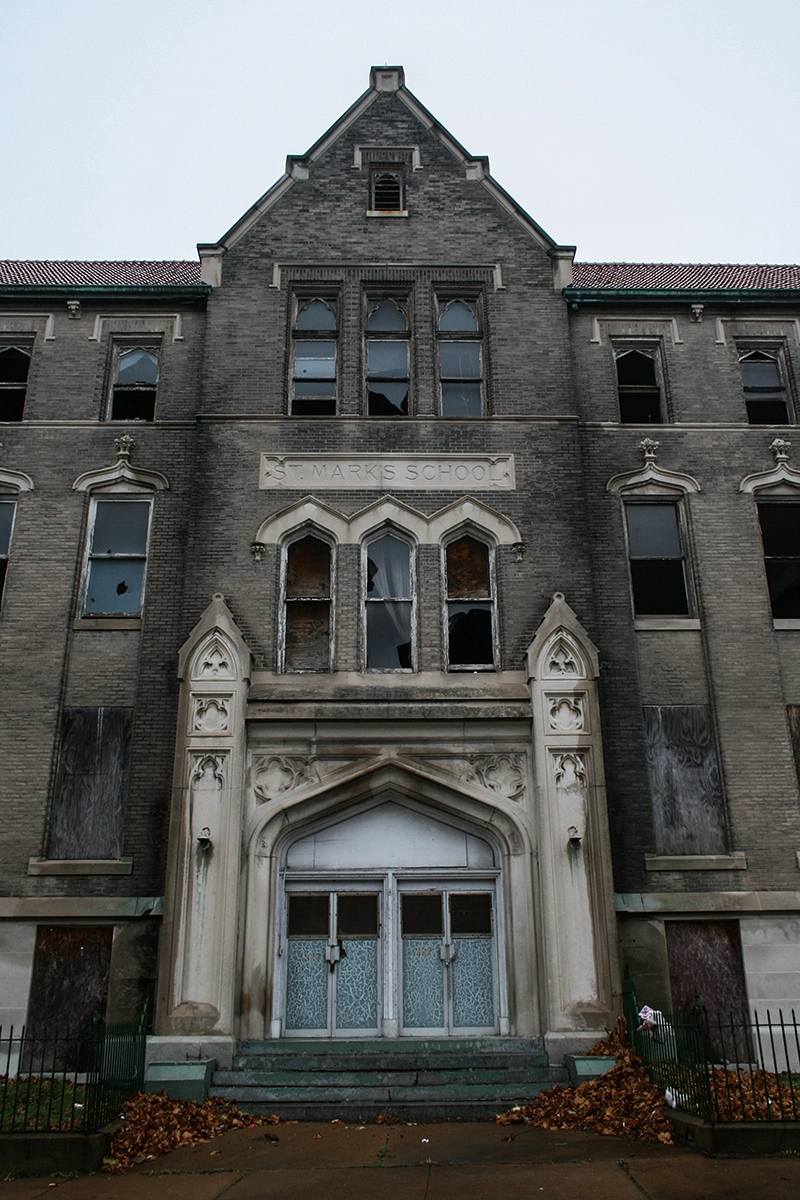
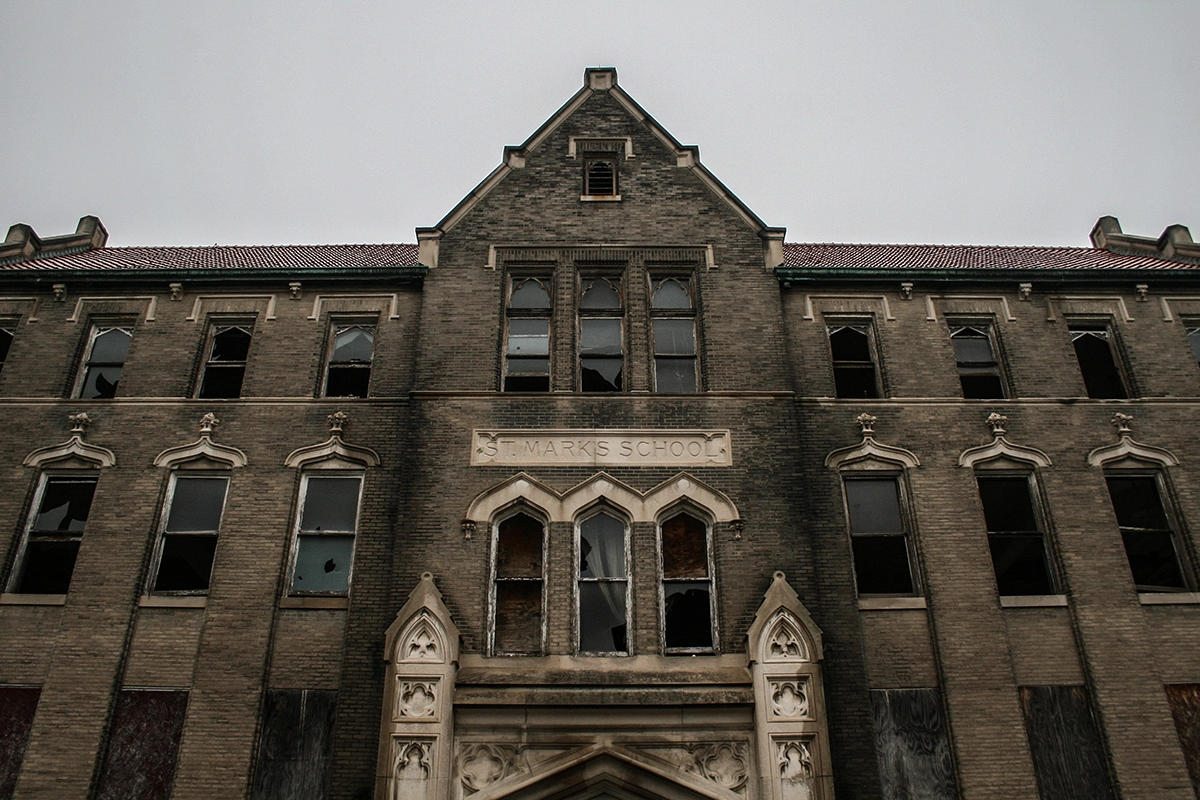
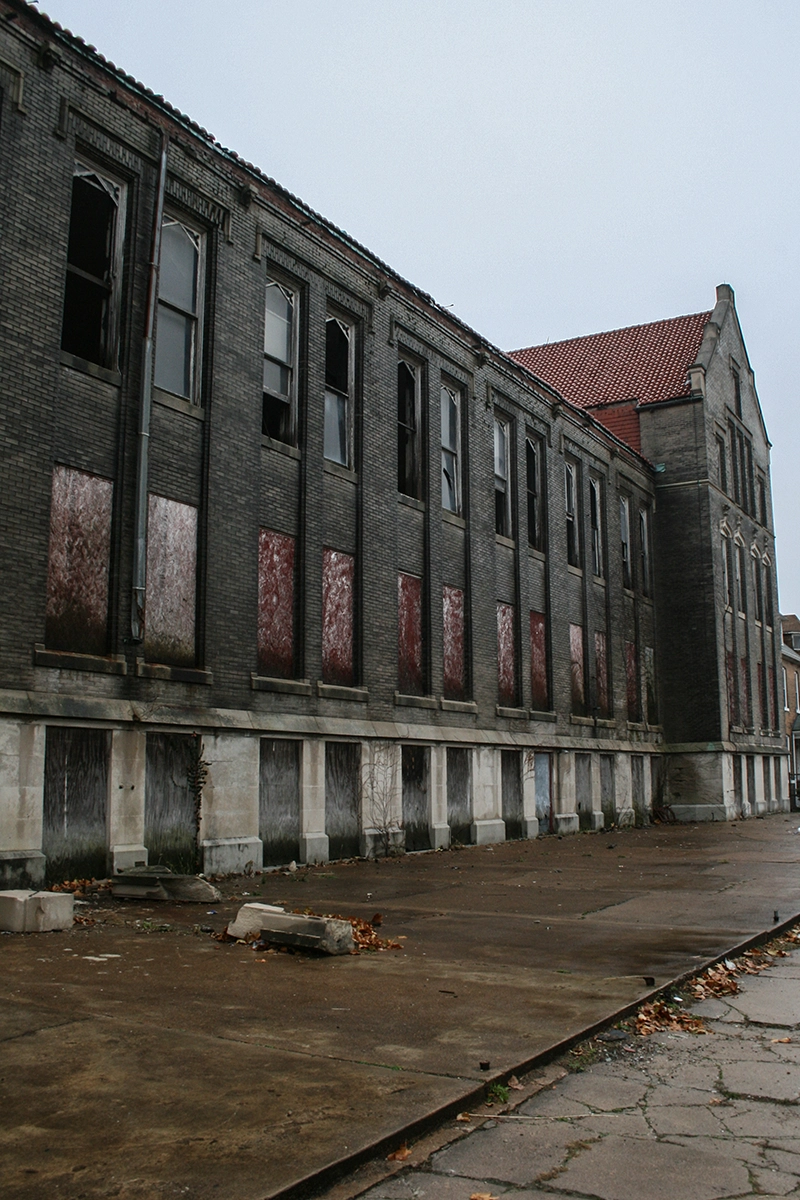
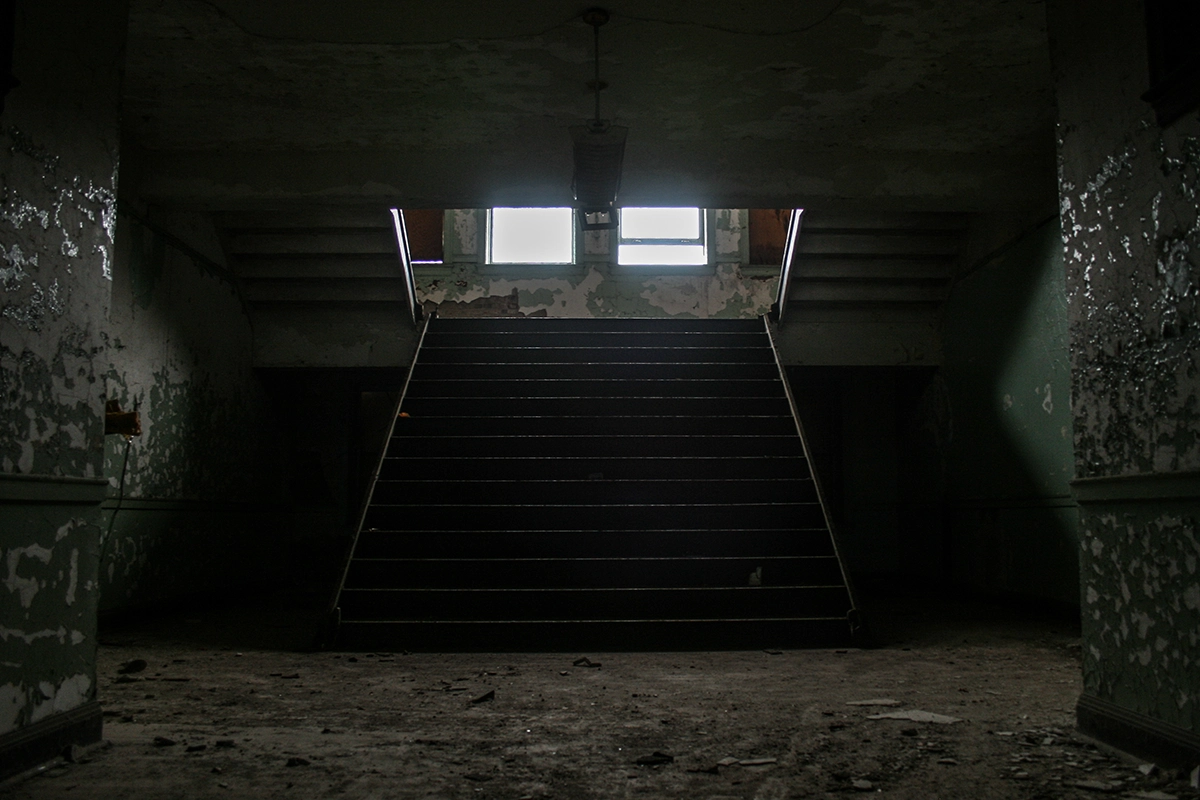
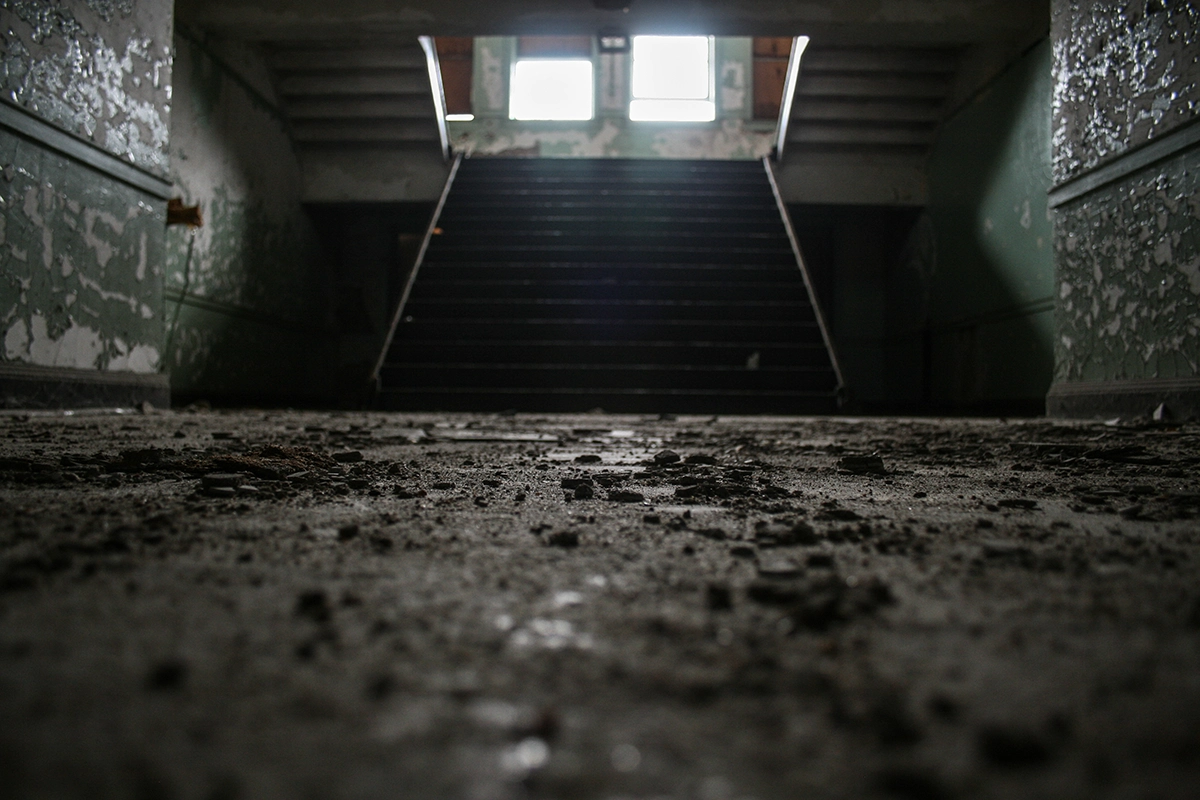
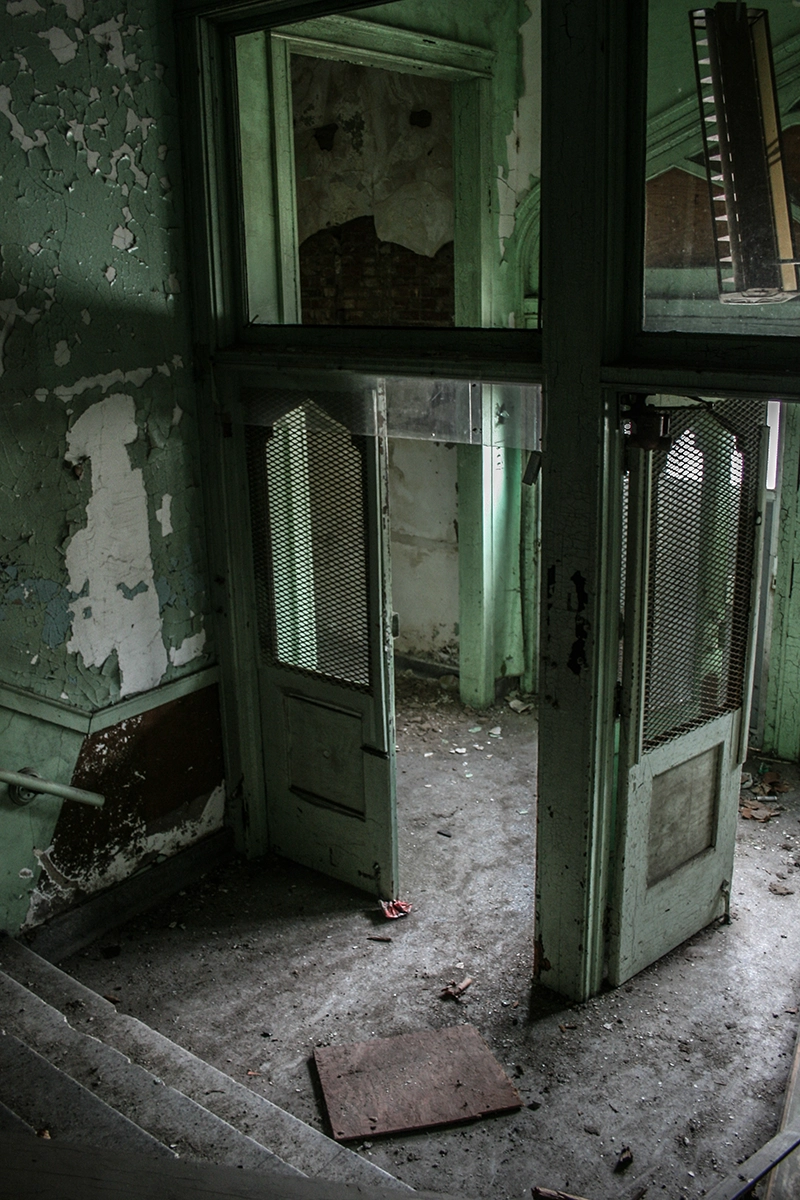
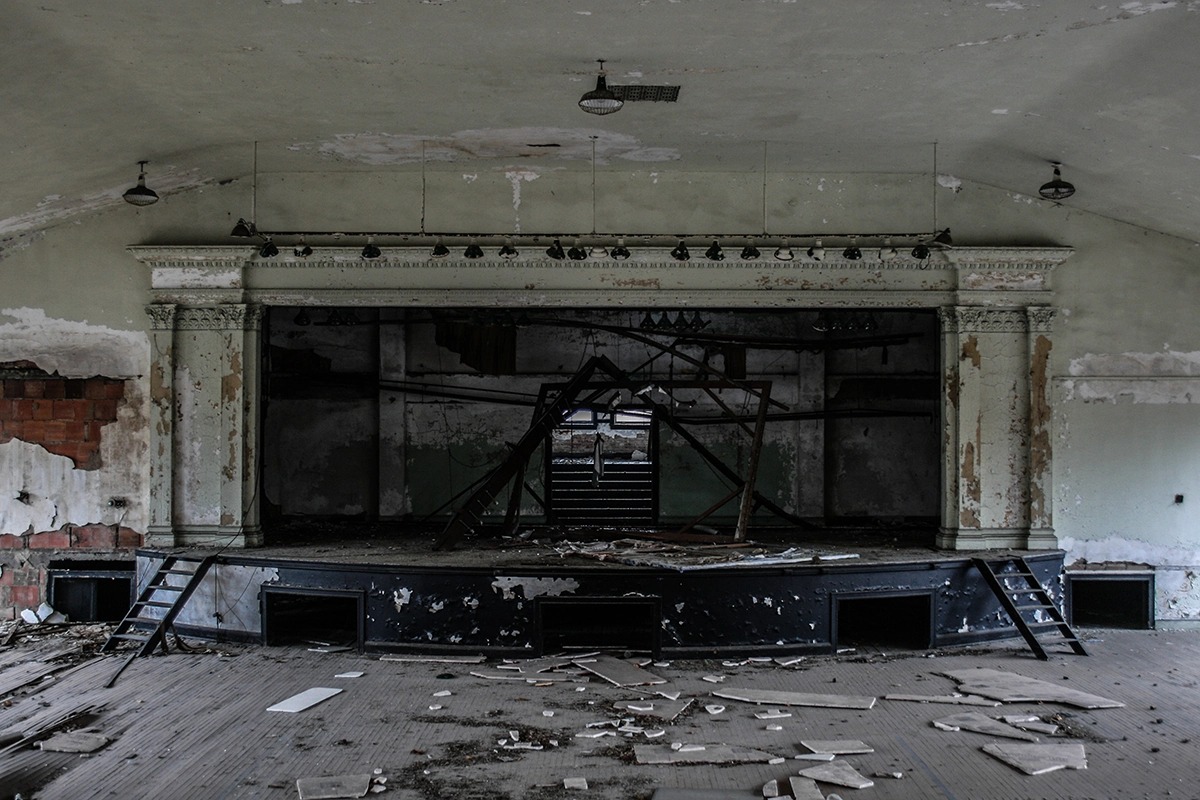
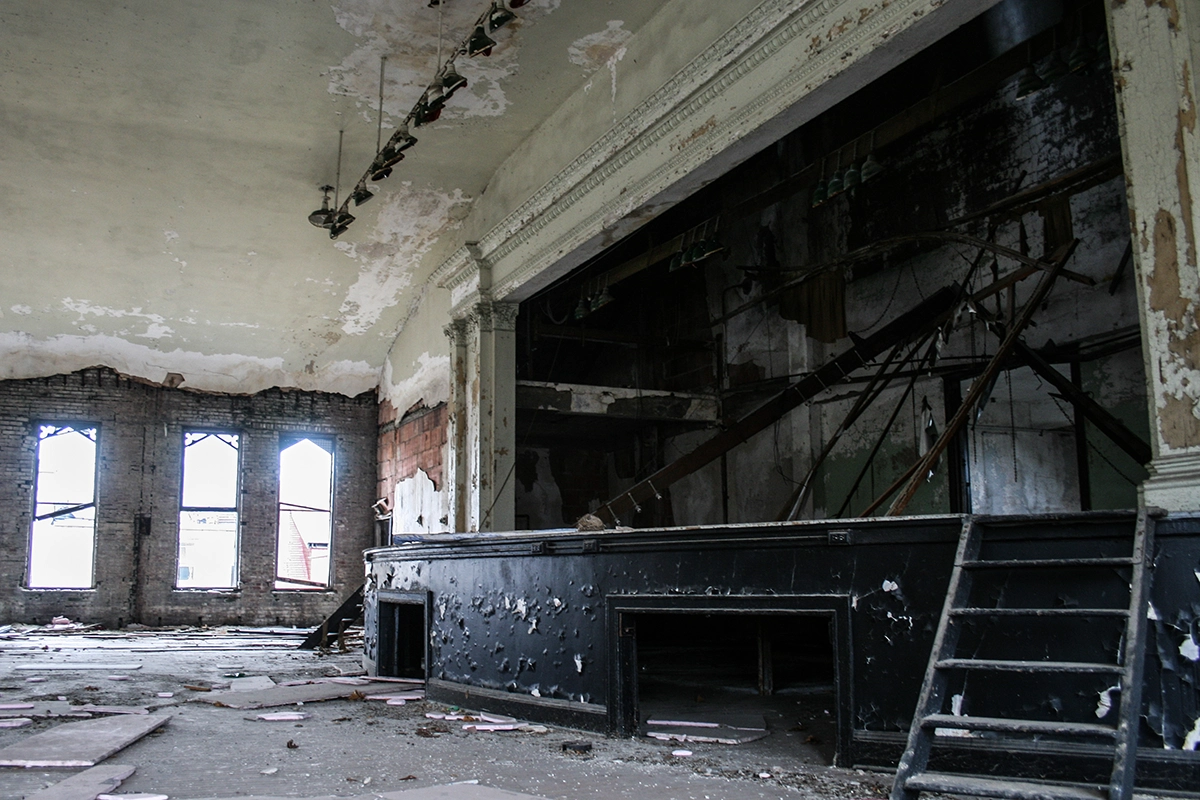
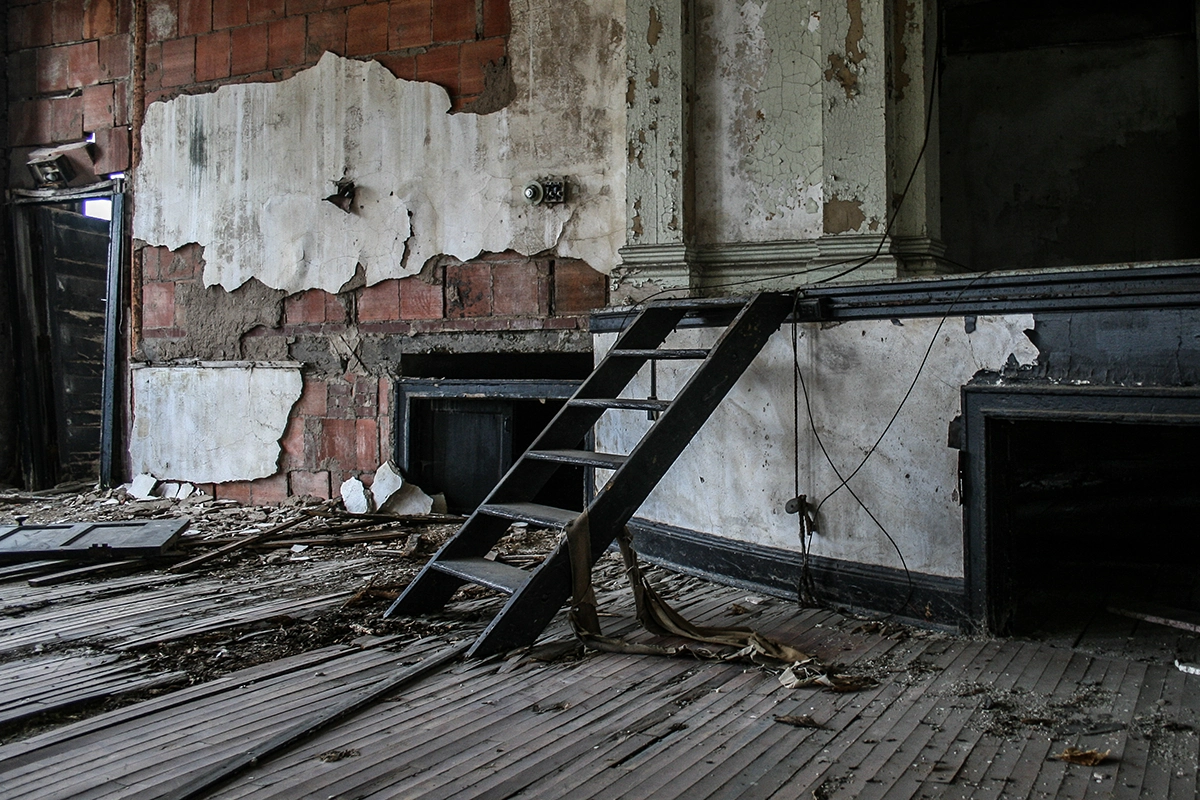
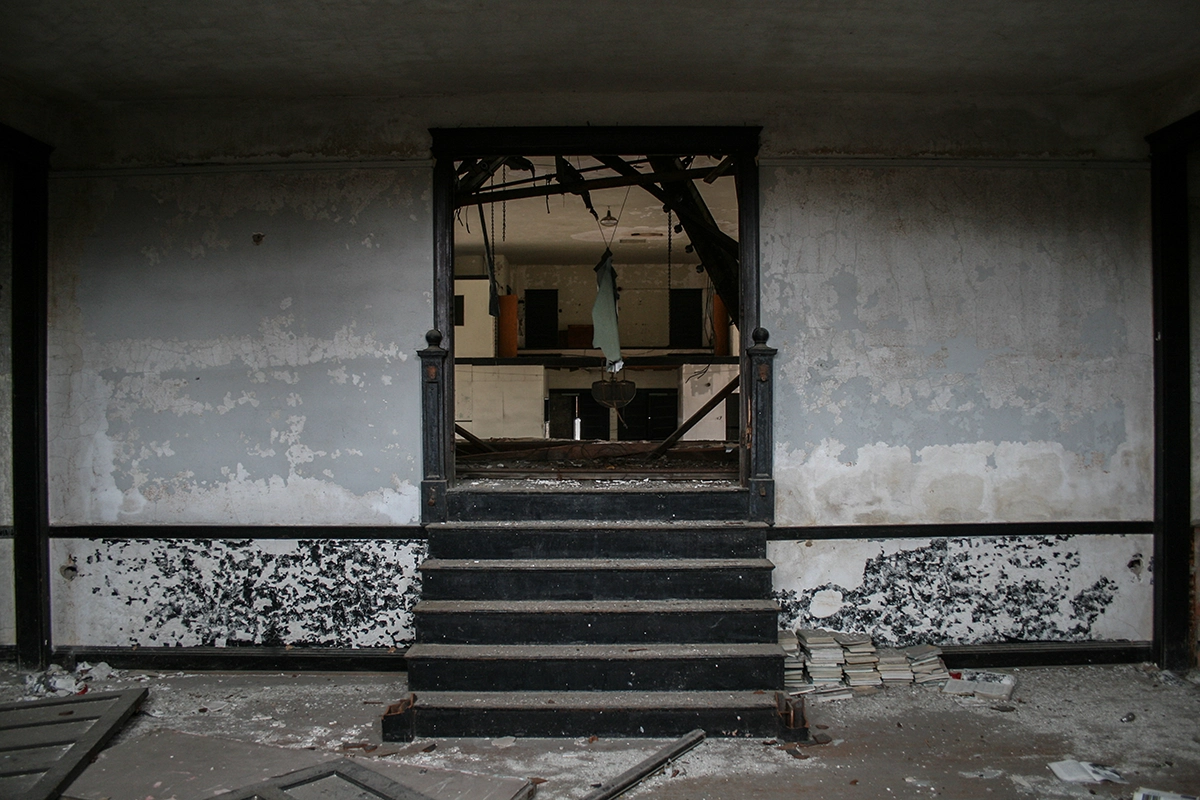
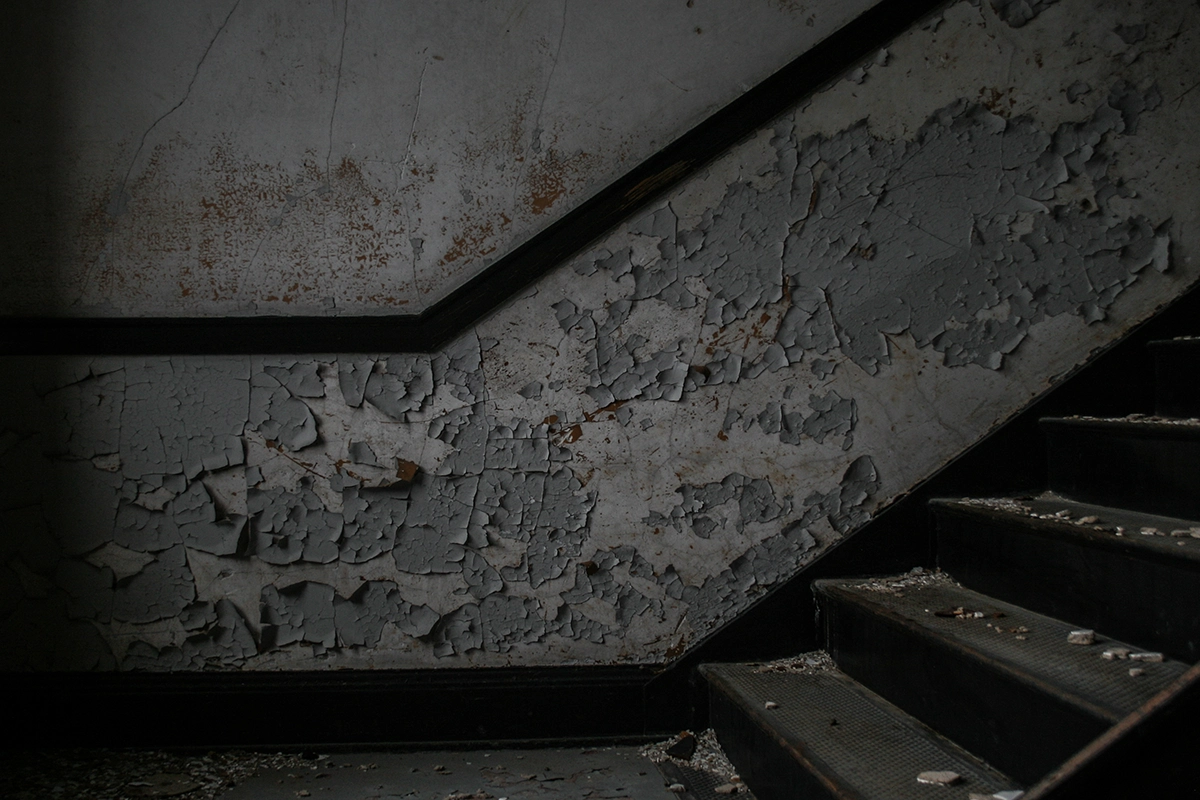
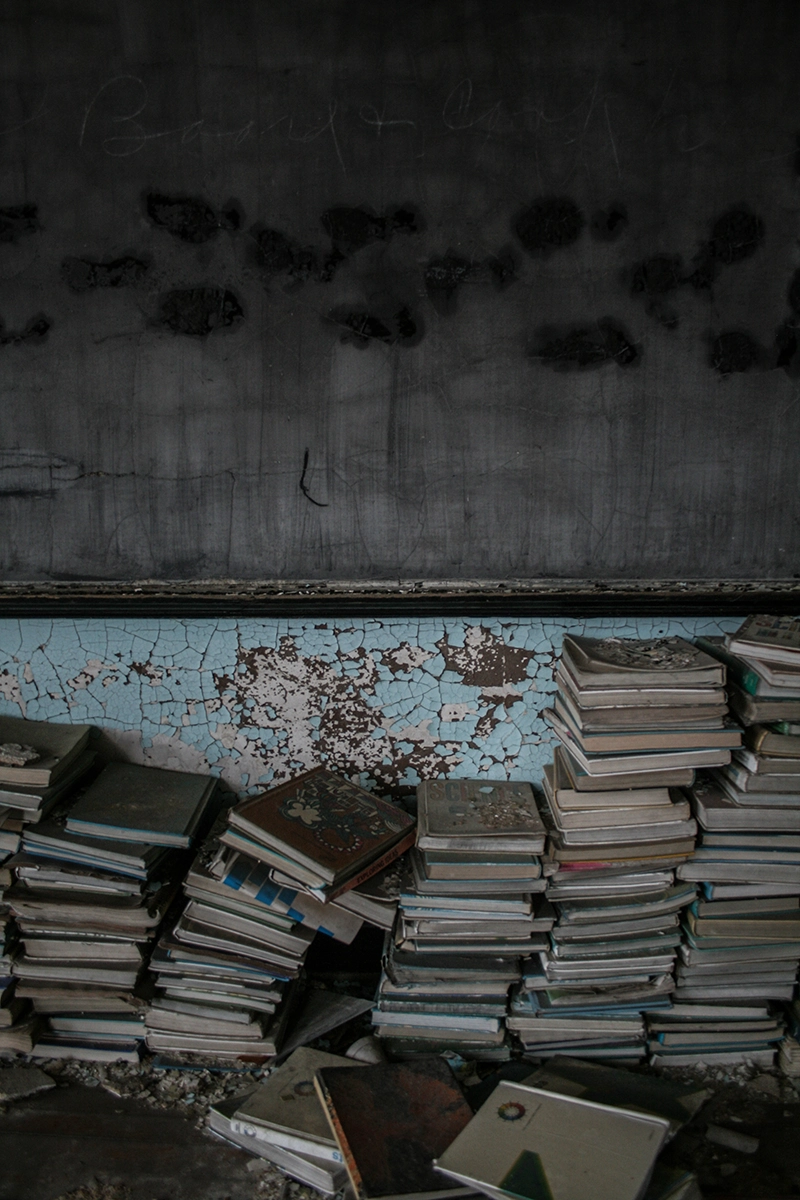
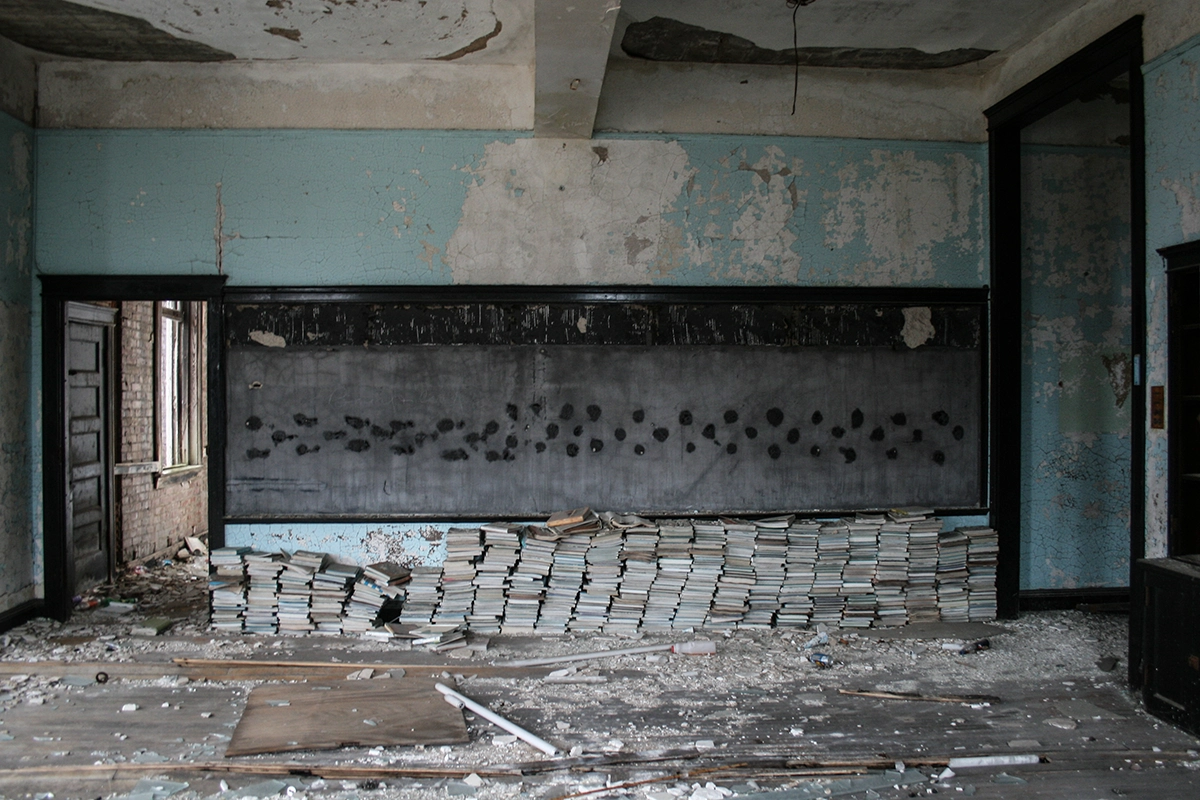
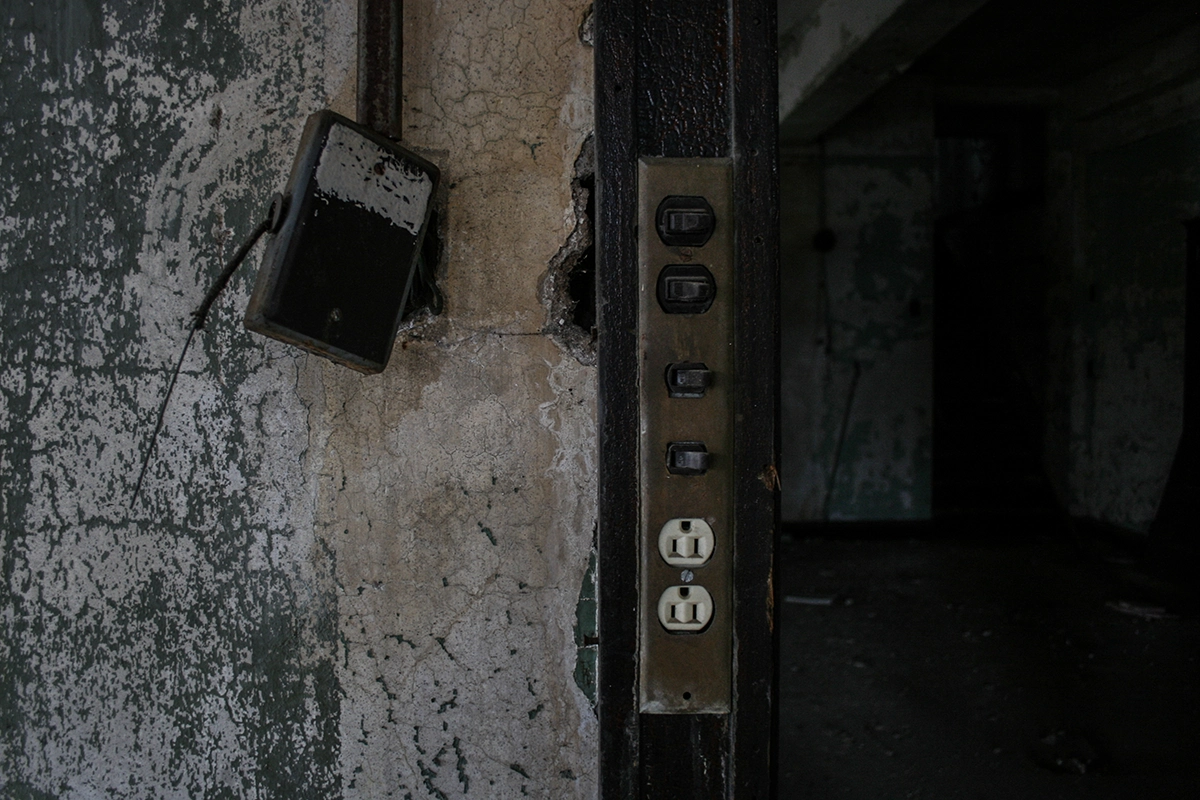
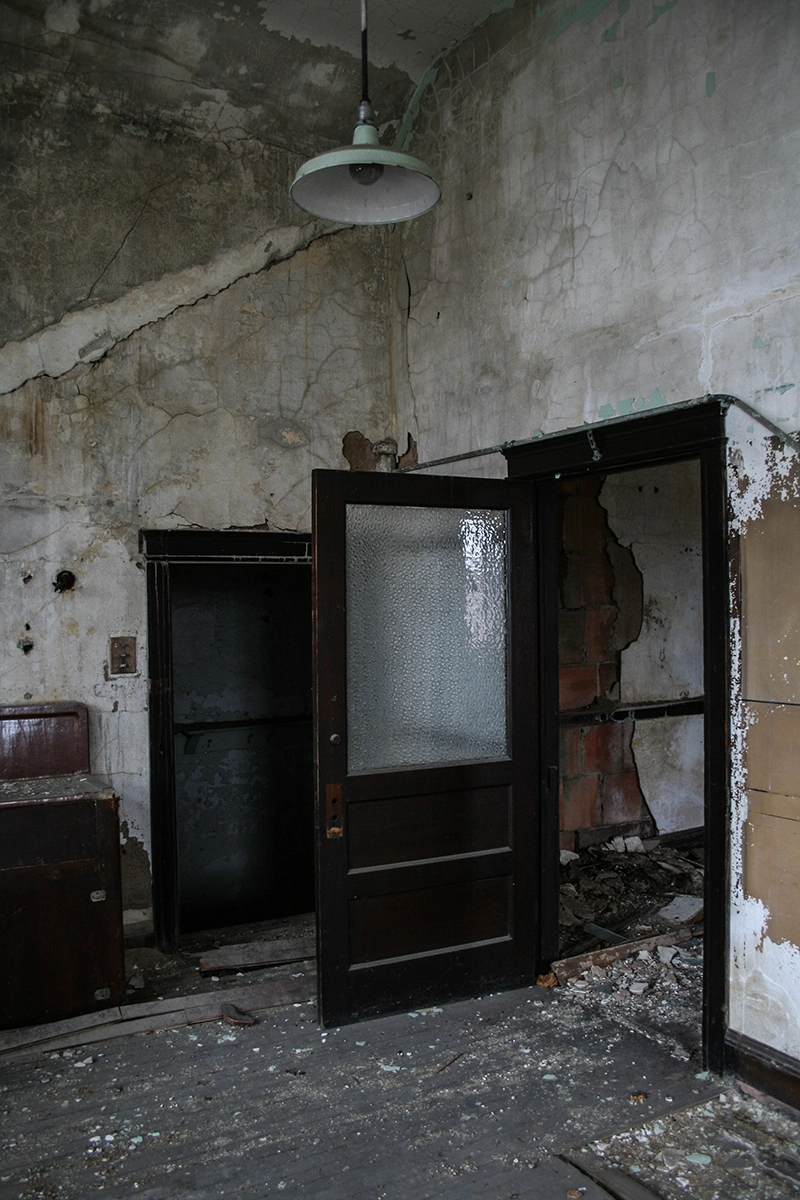
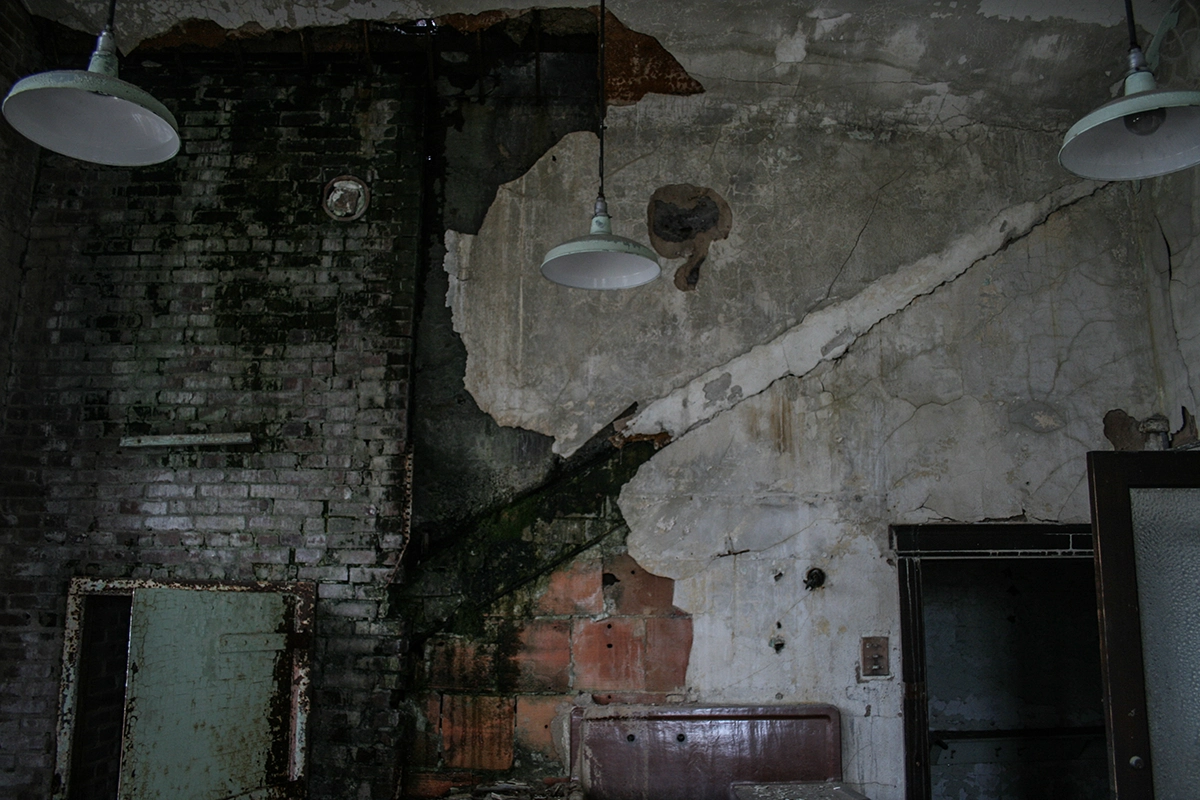
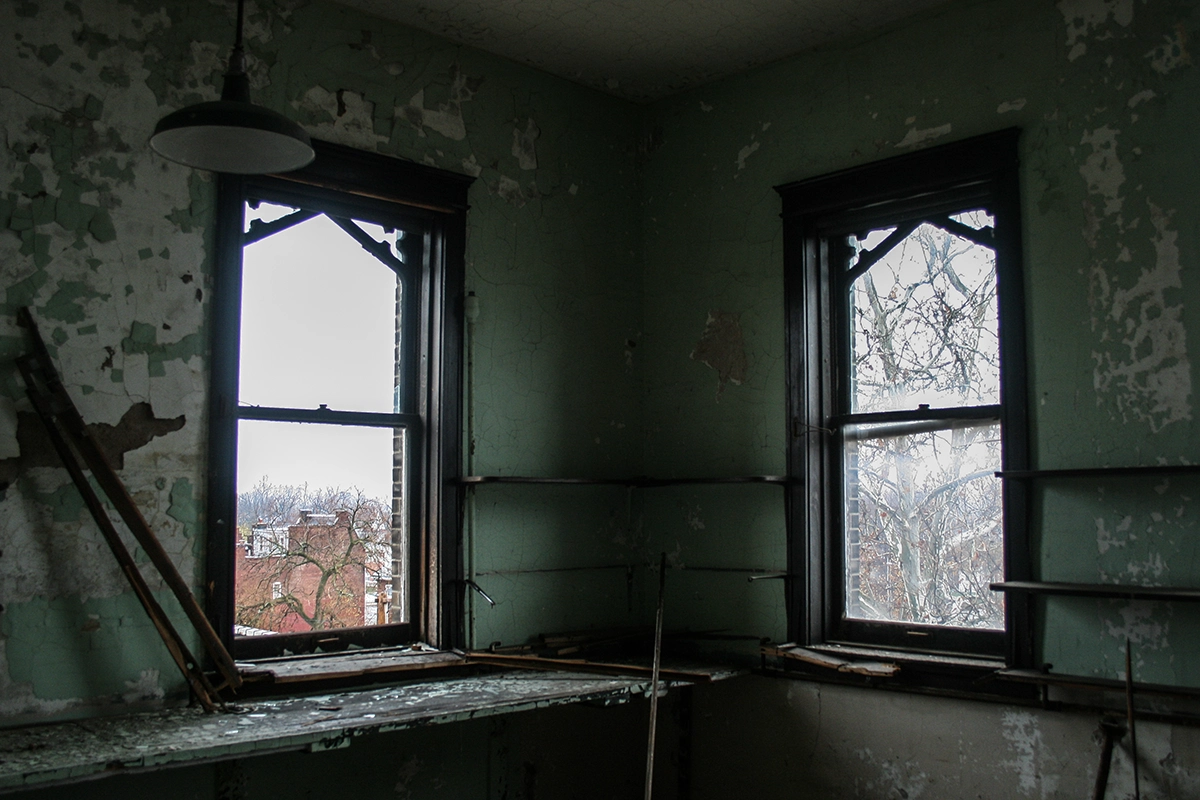
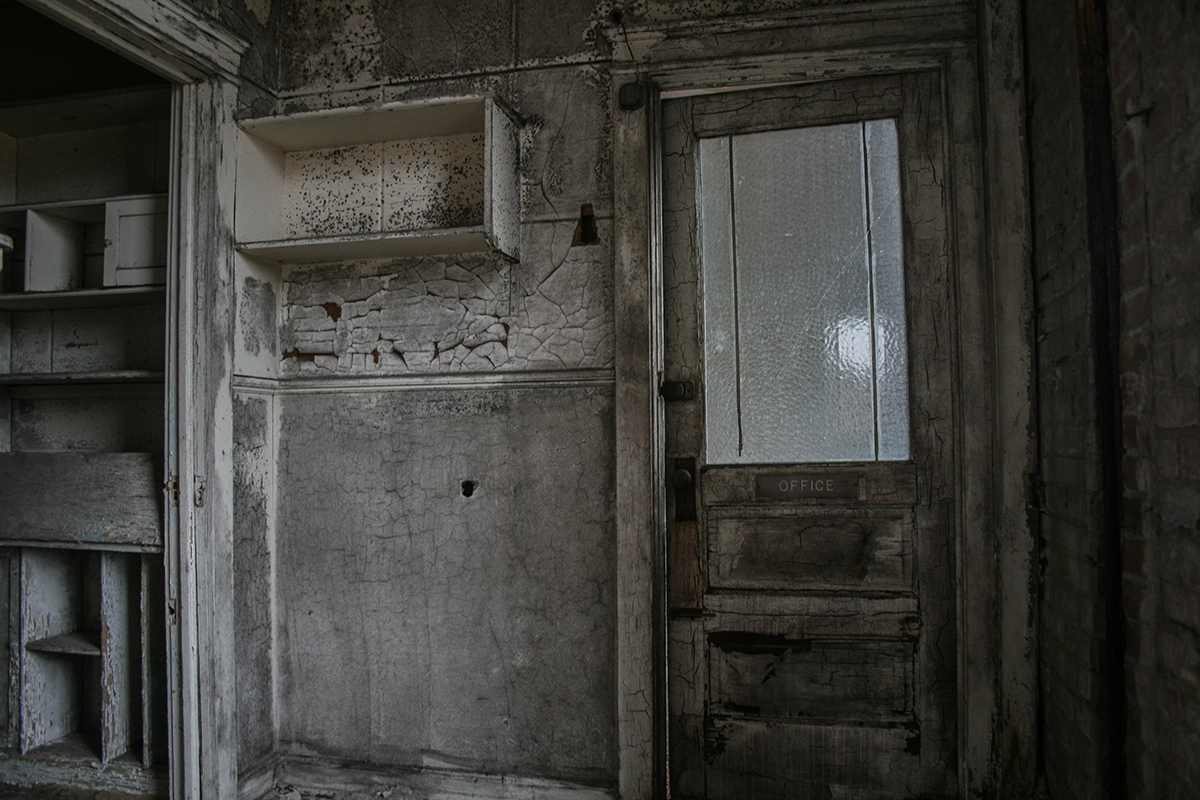
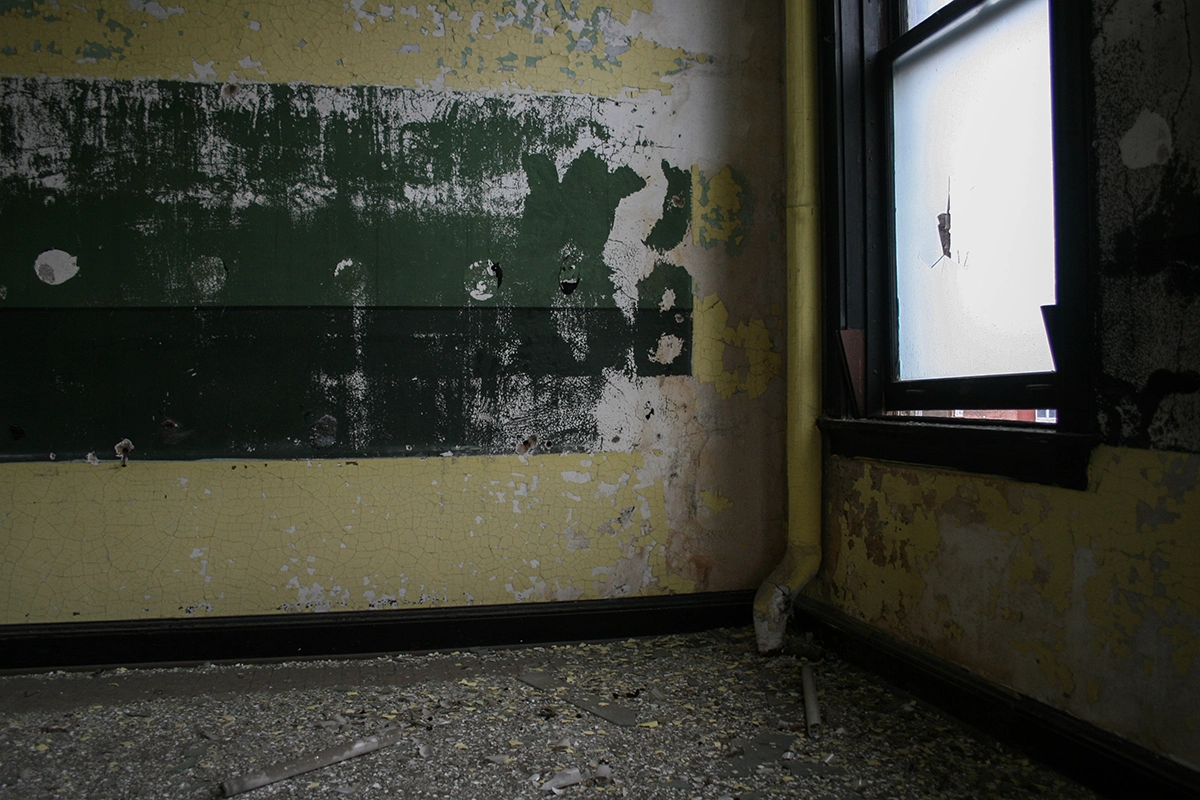
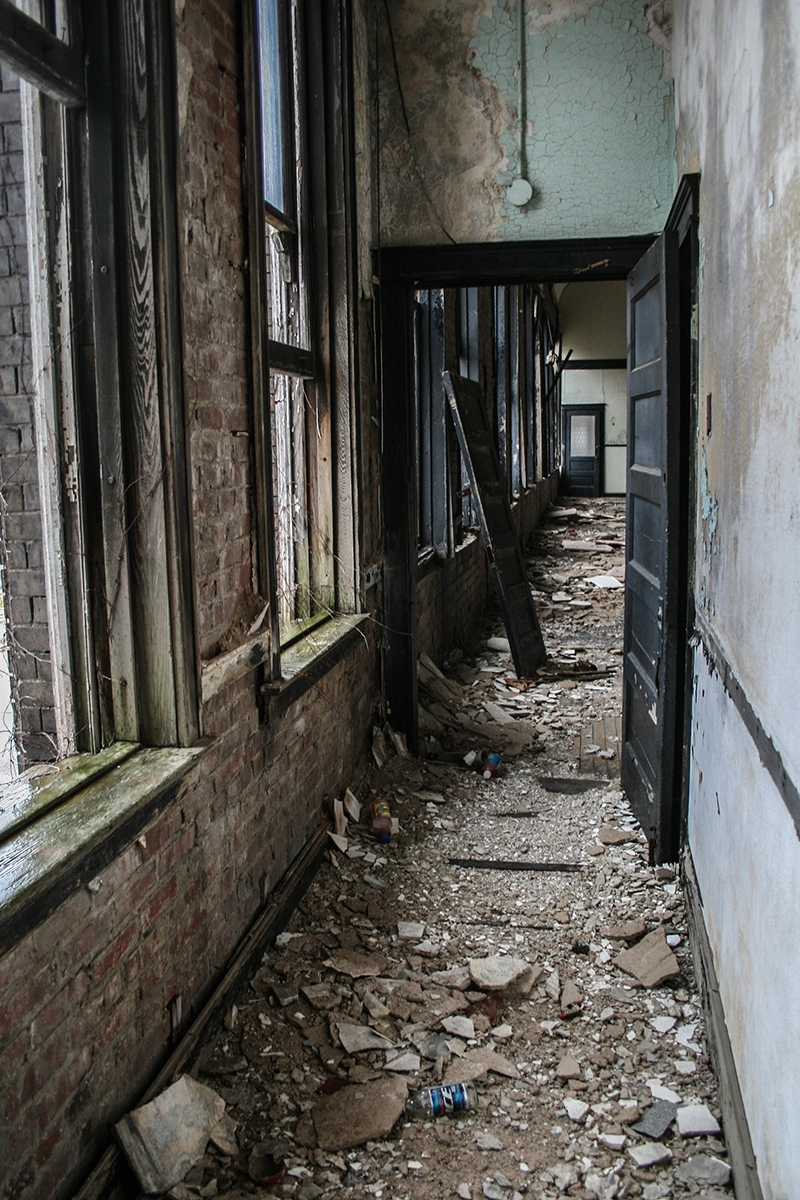
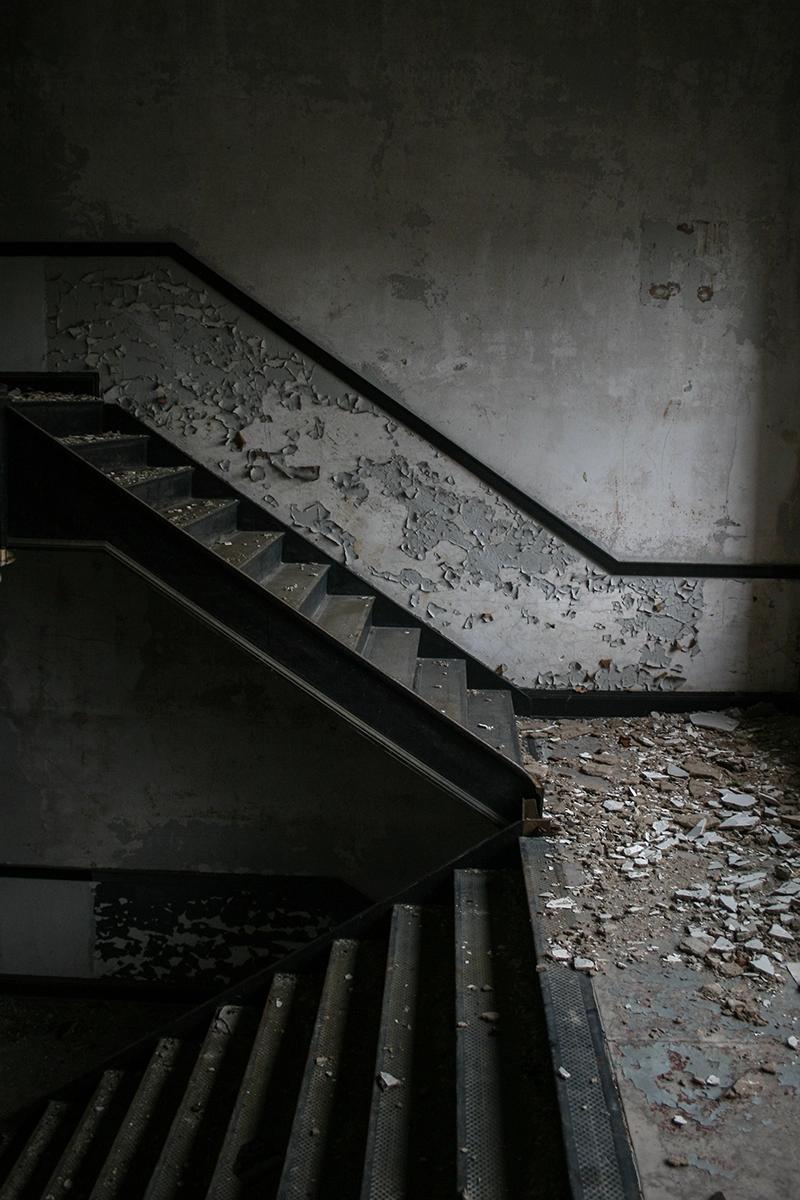
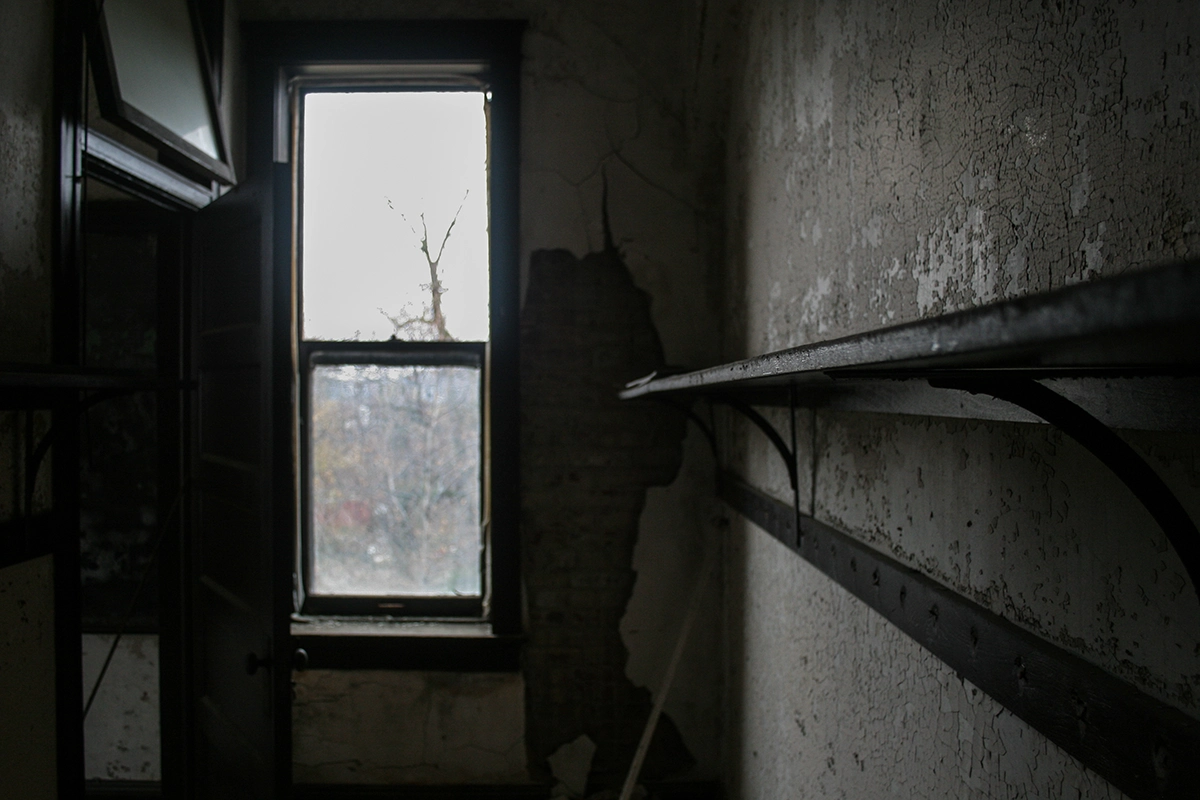
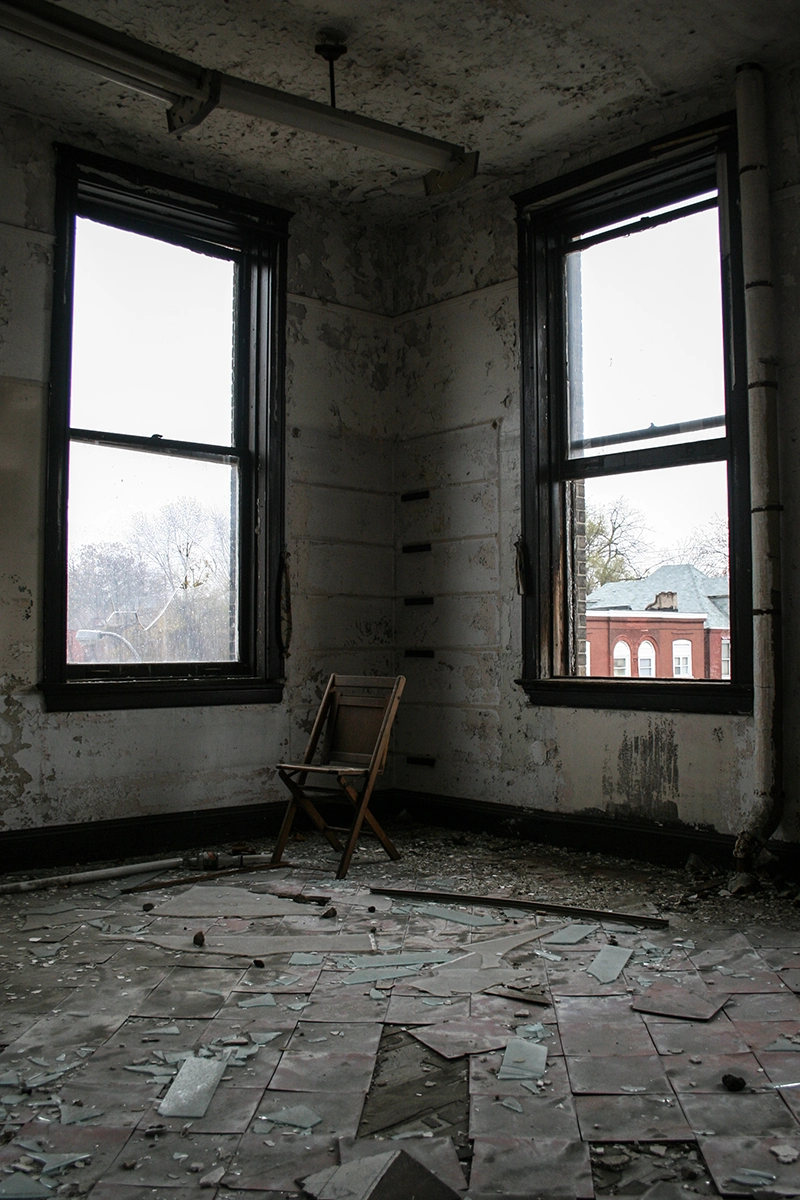
Labels: abandoned, catholic, saint louis, school, sublunar, urban ruins, urbex
